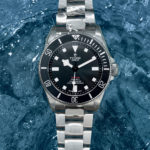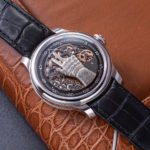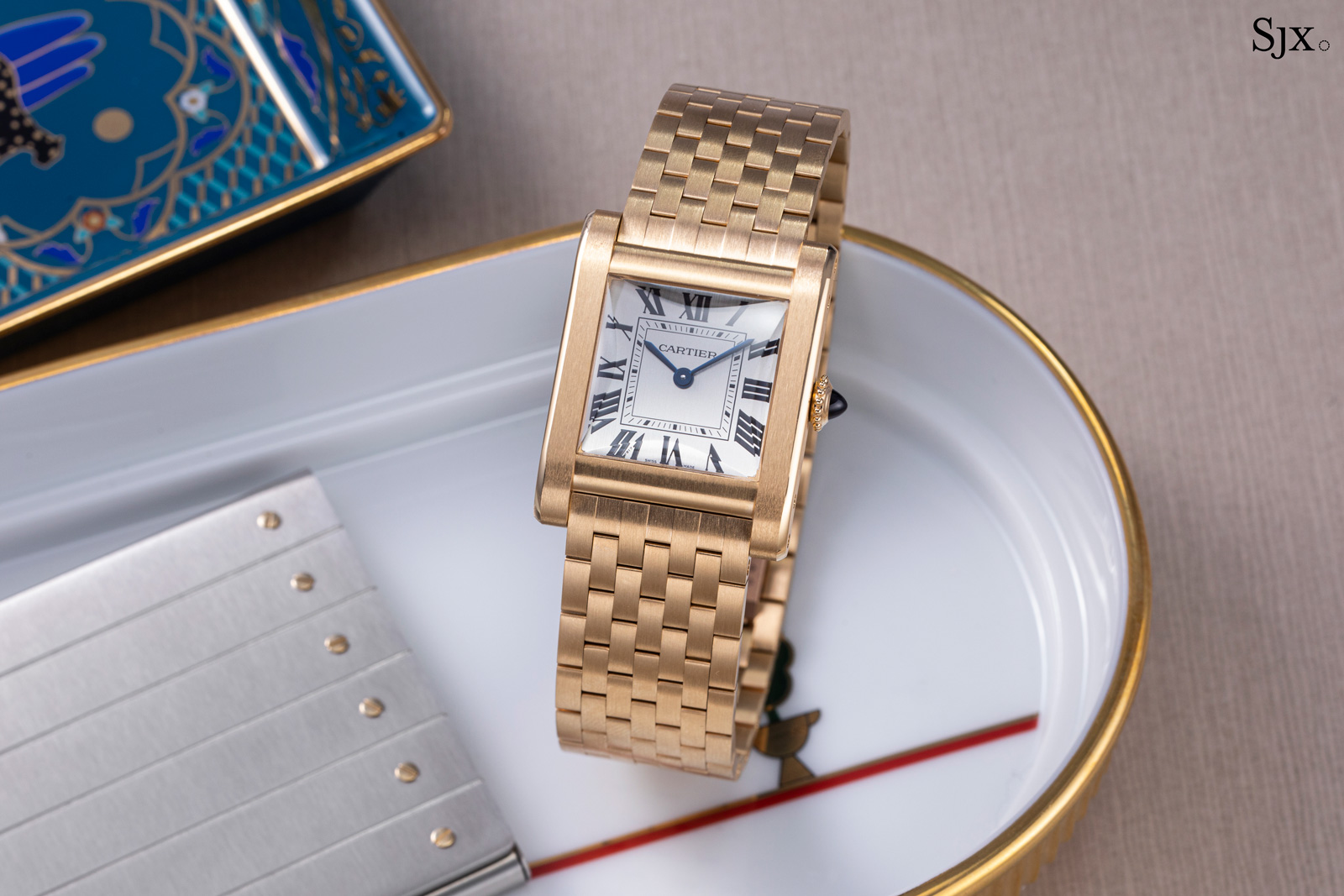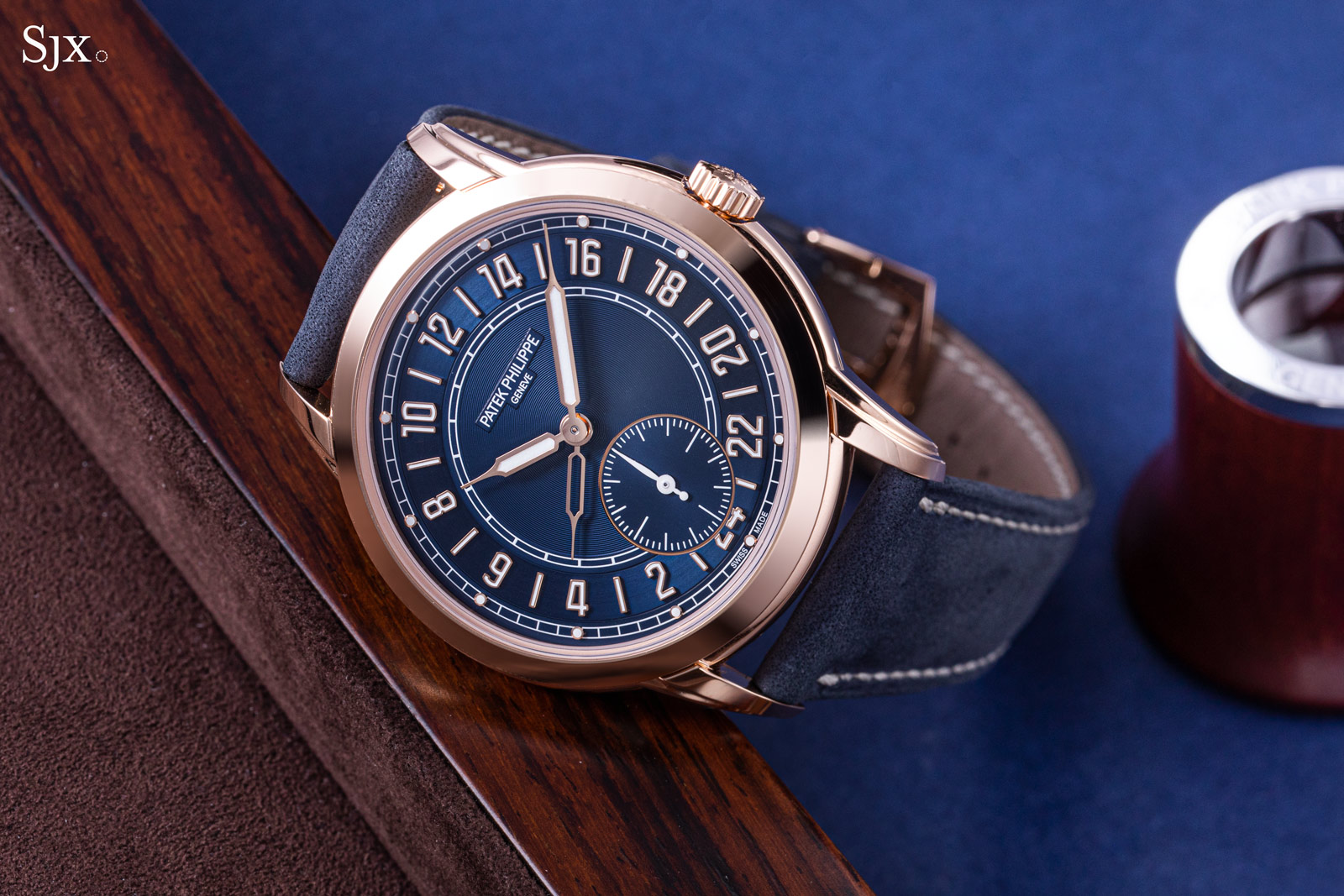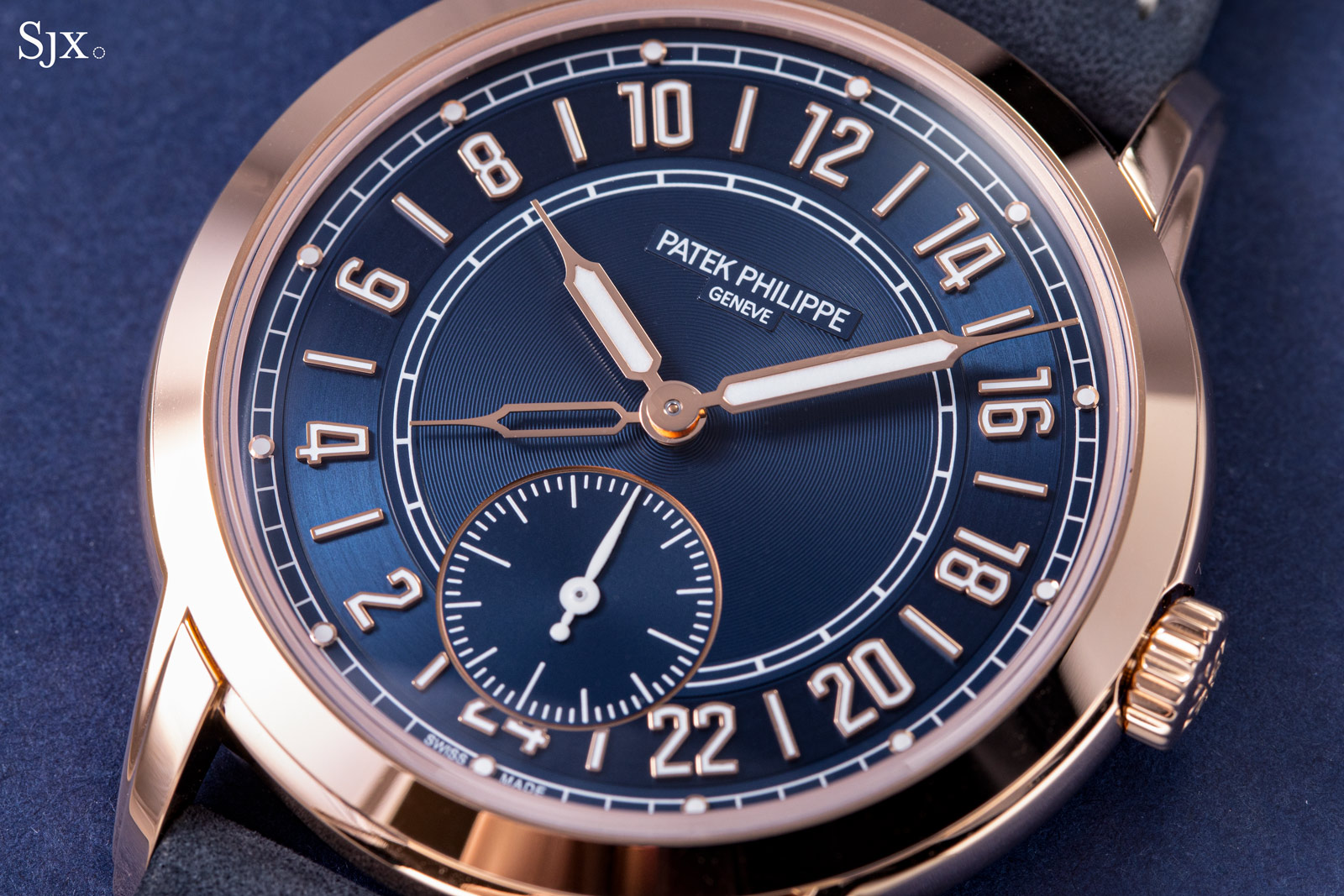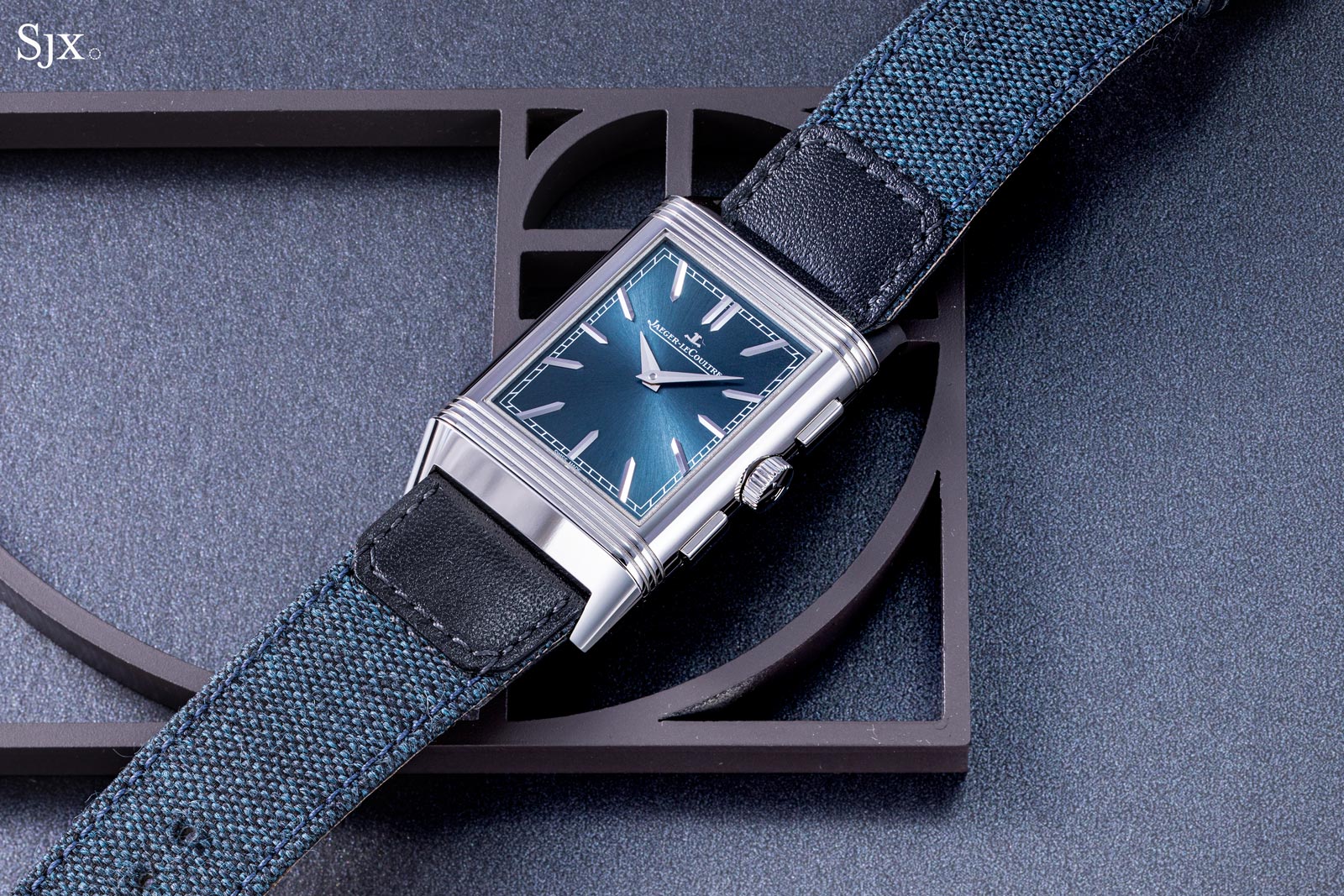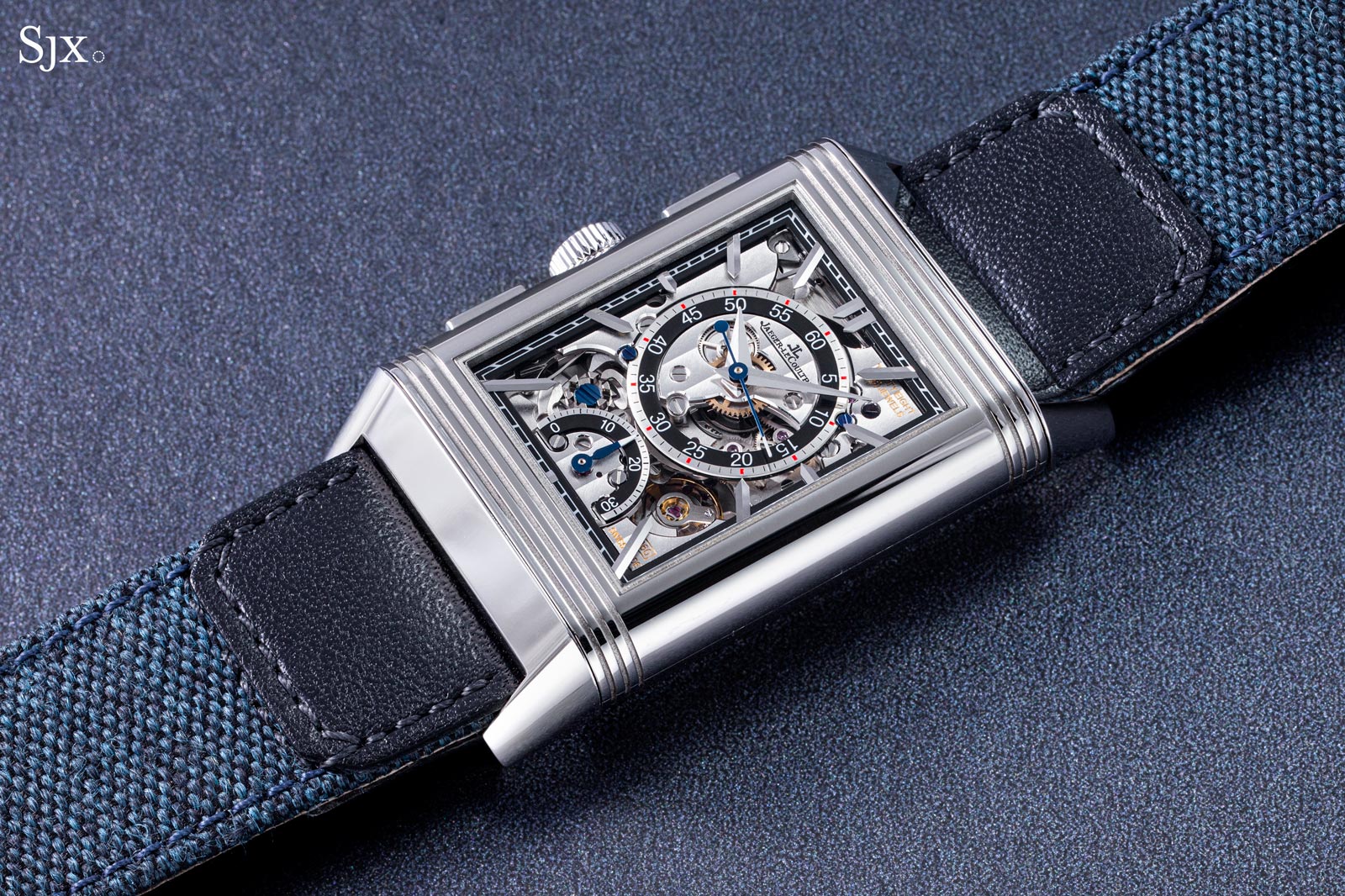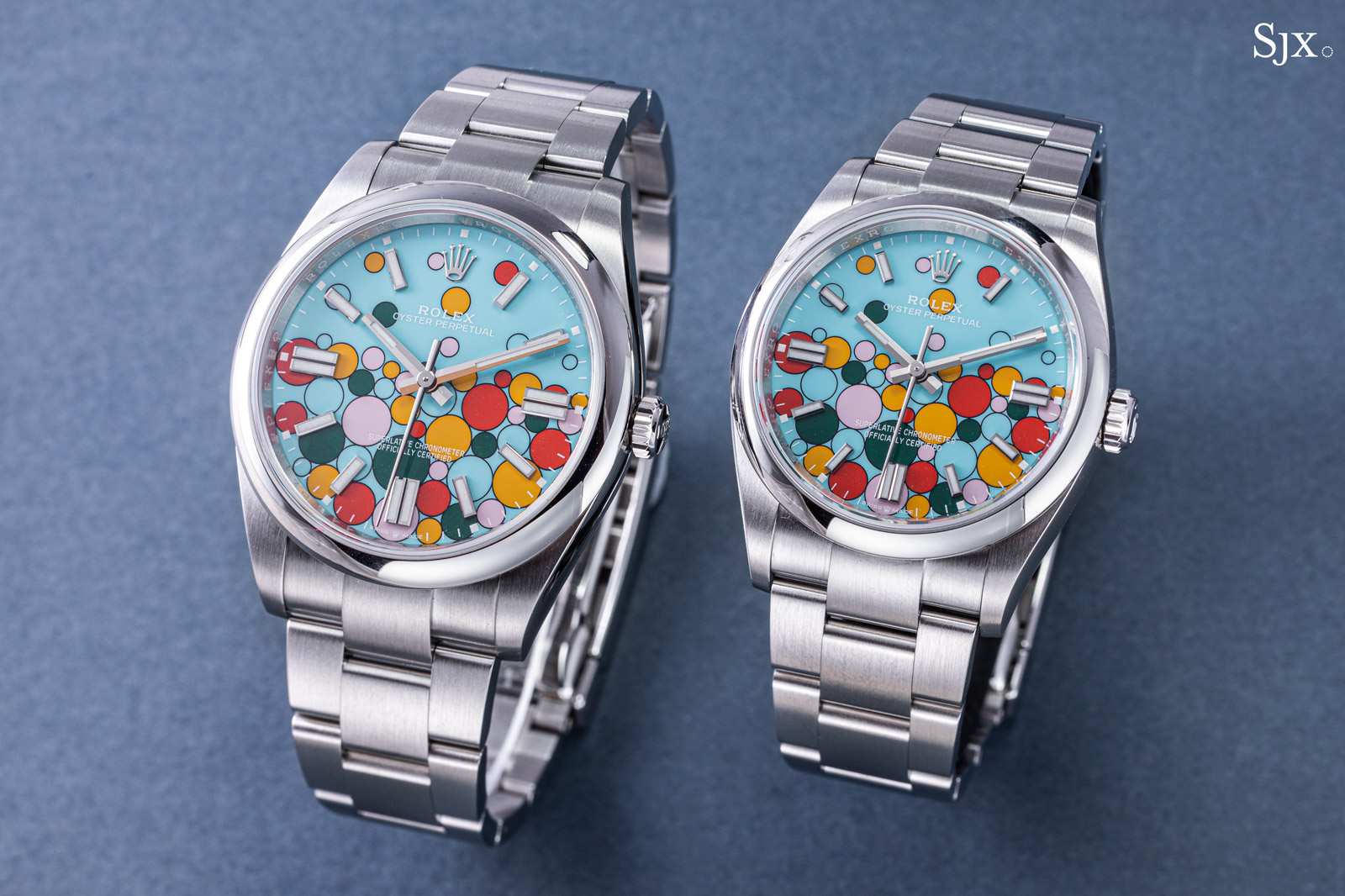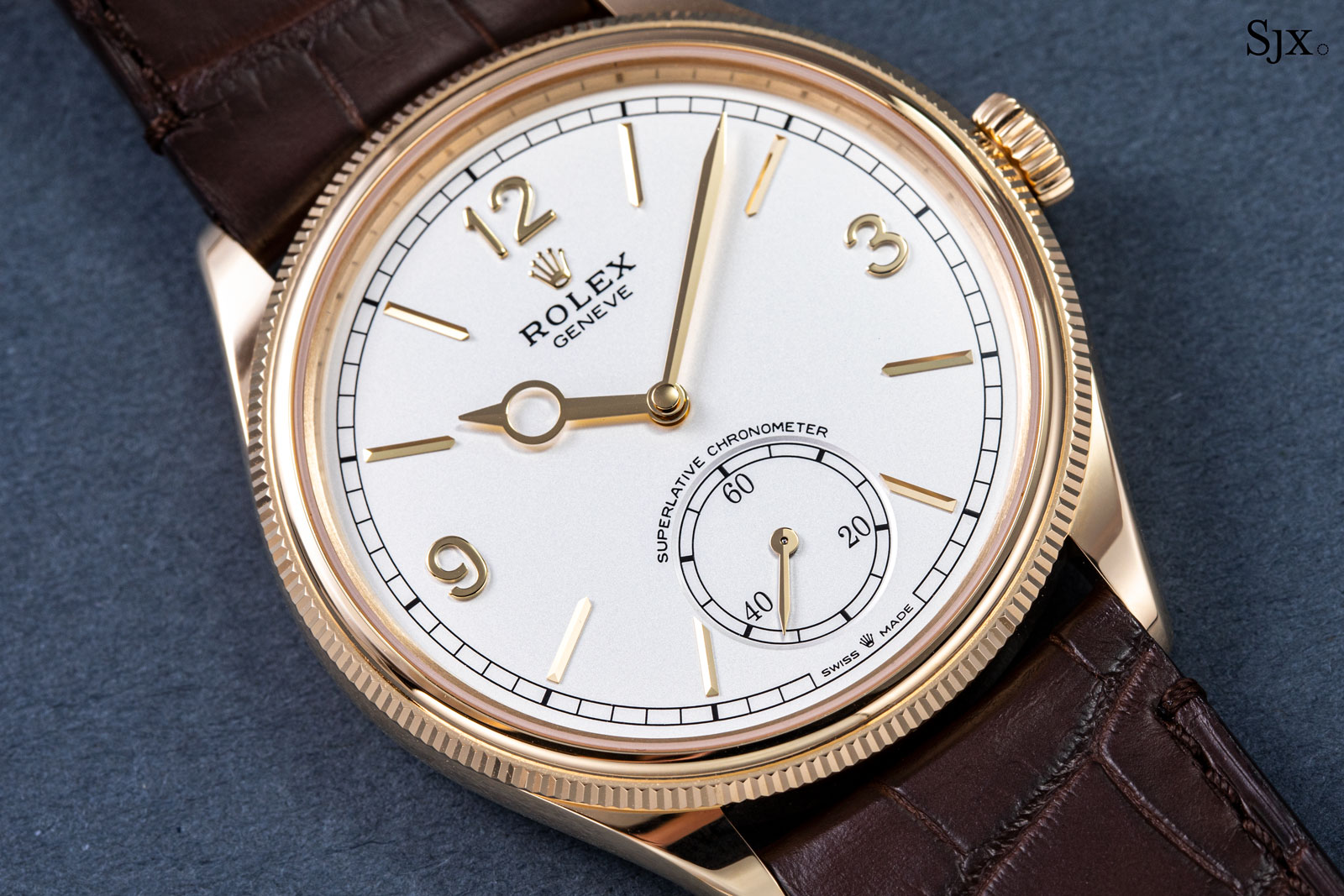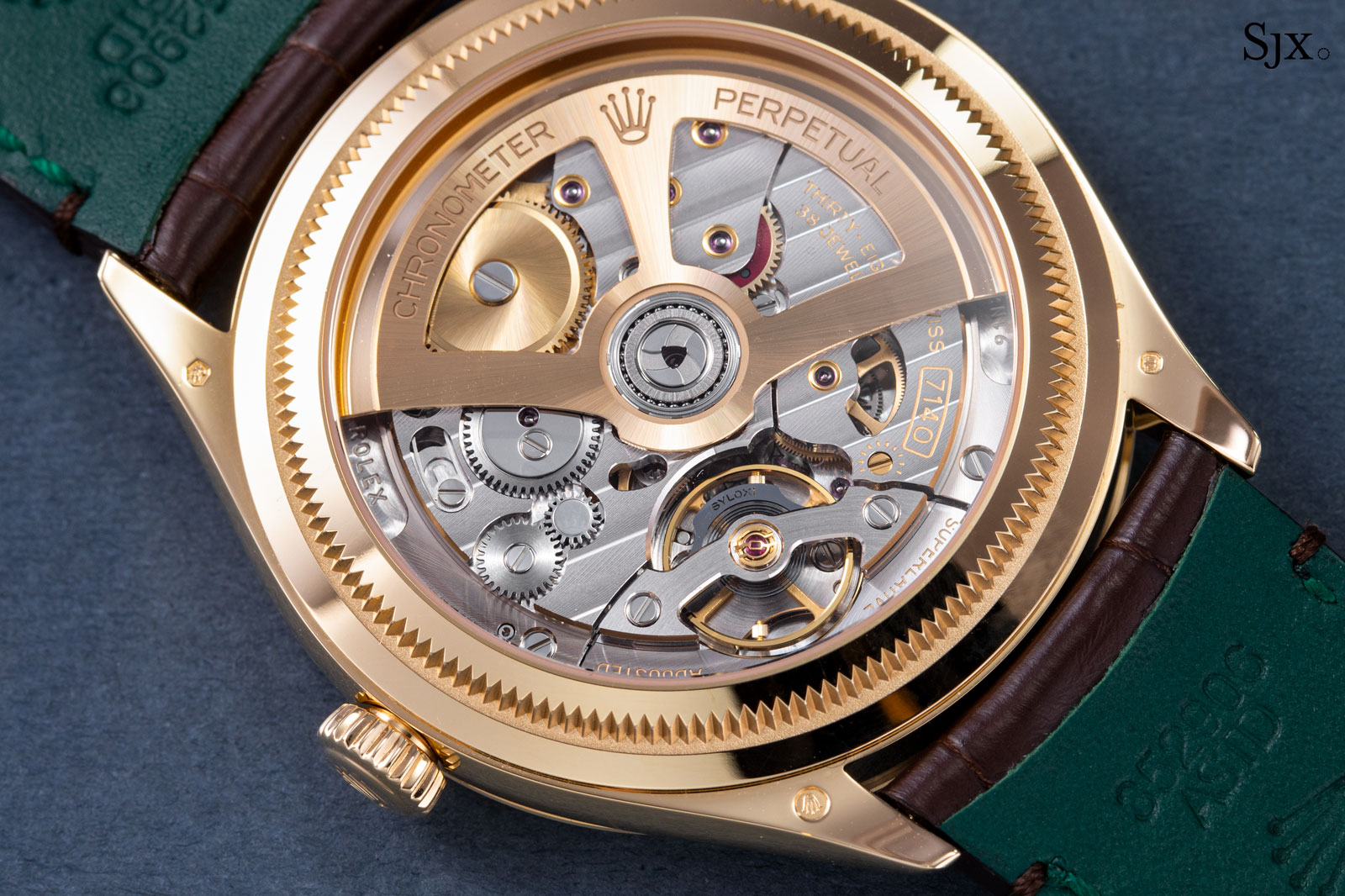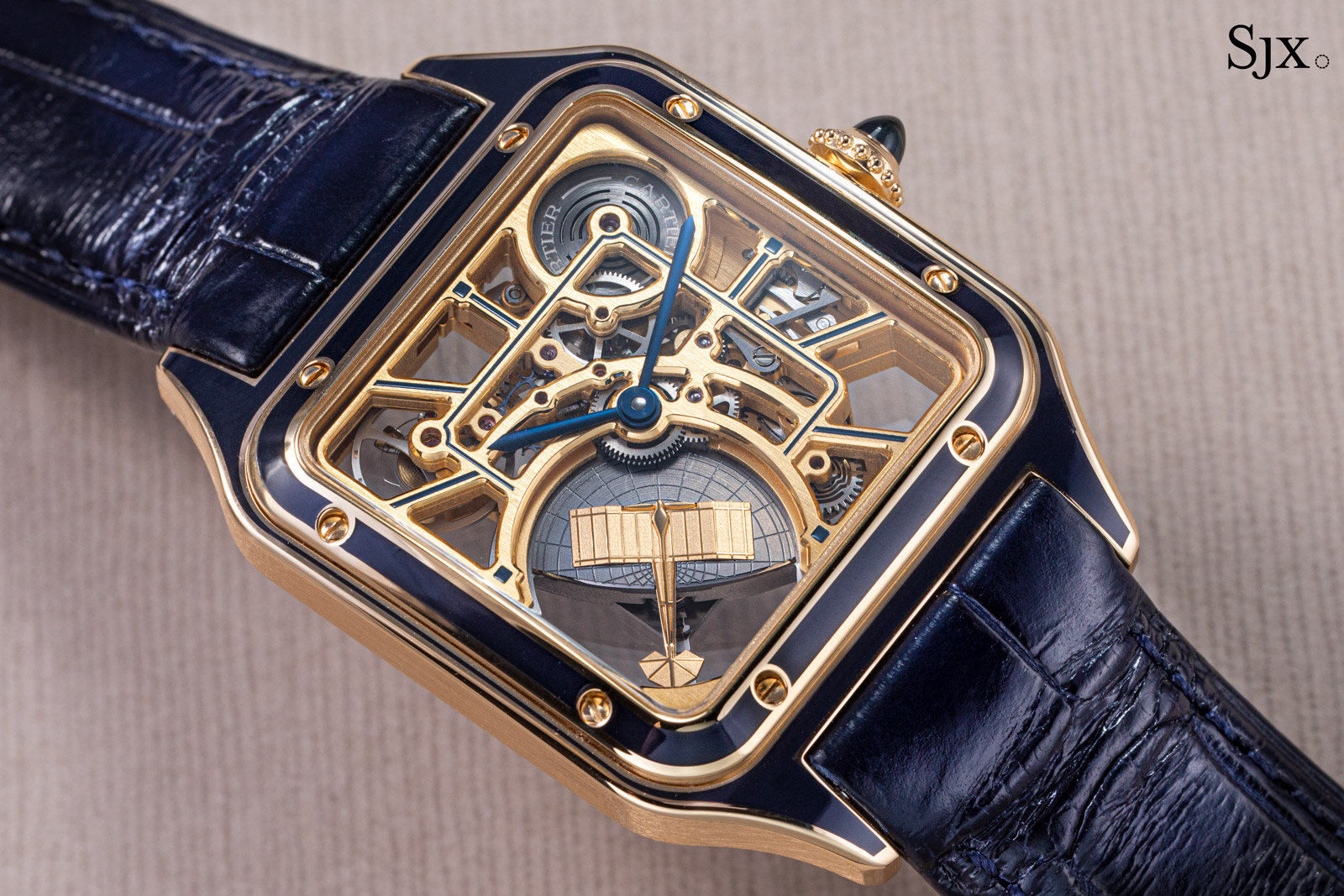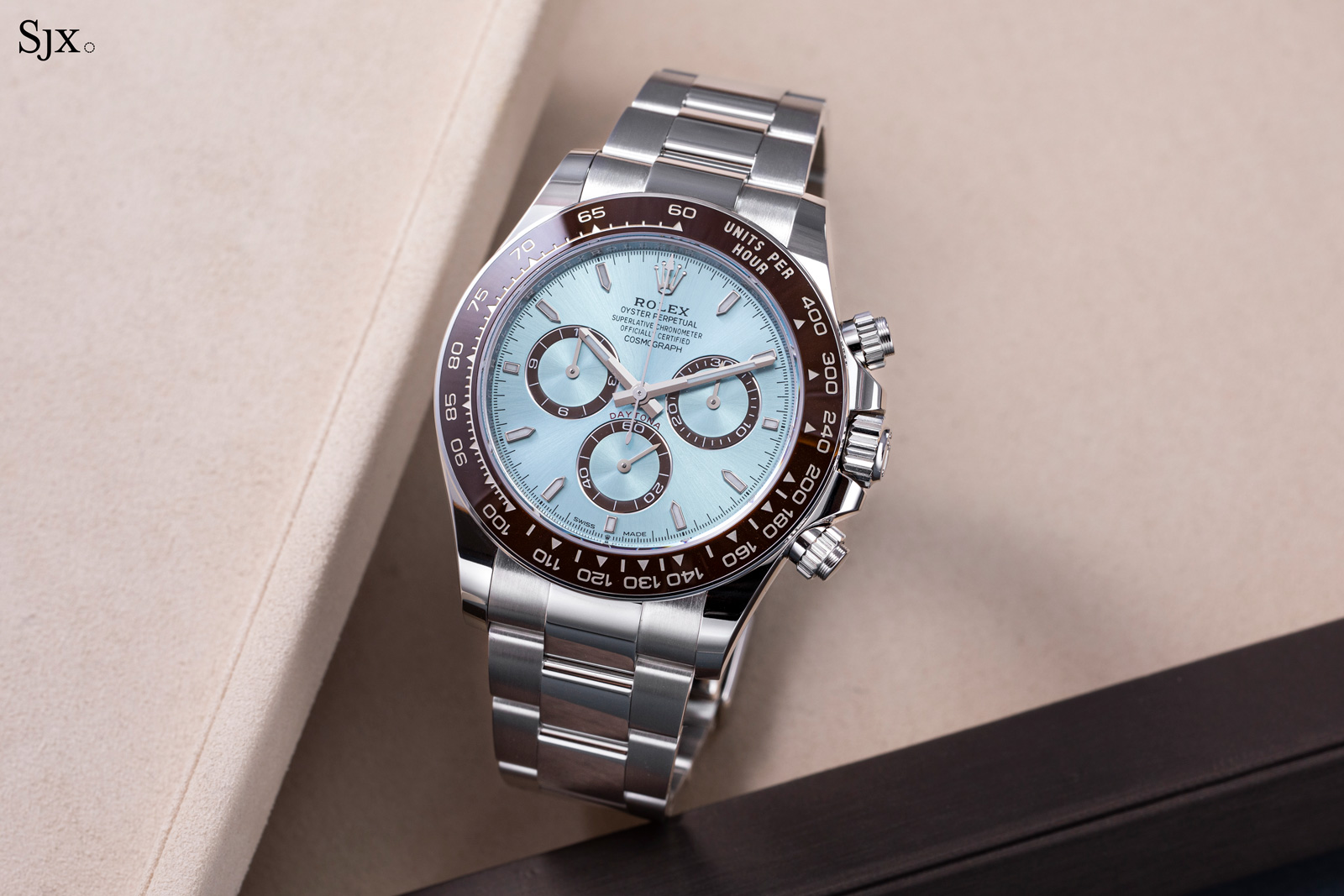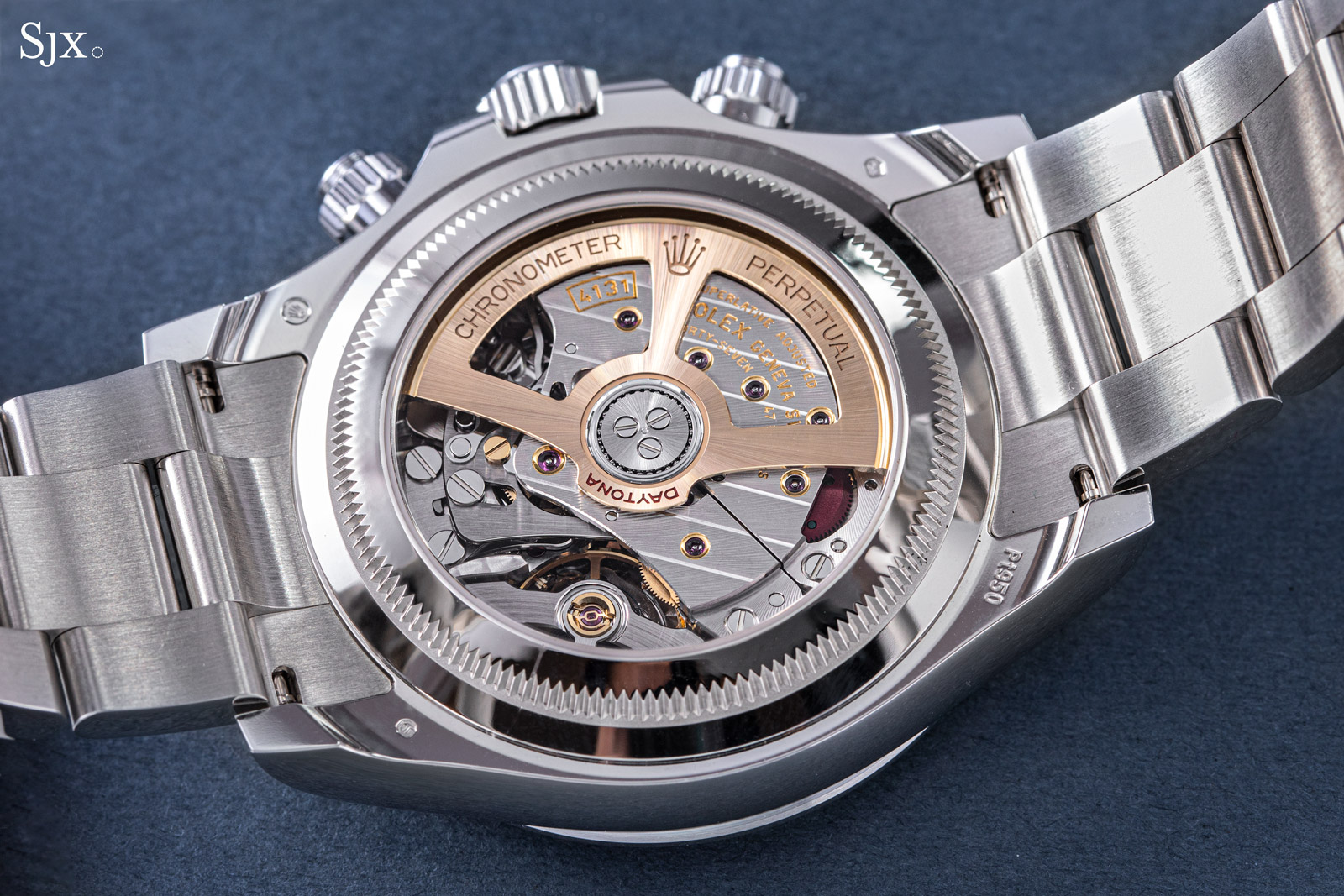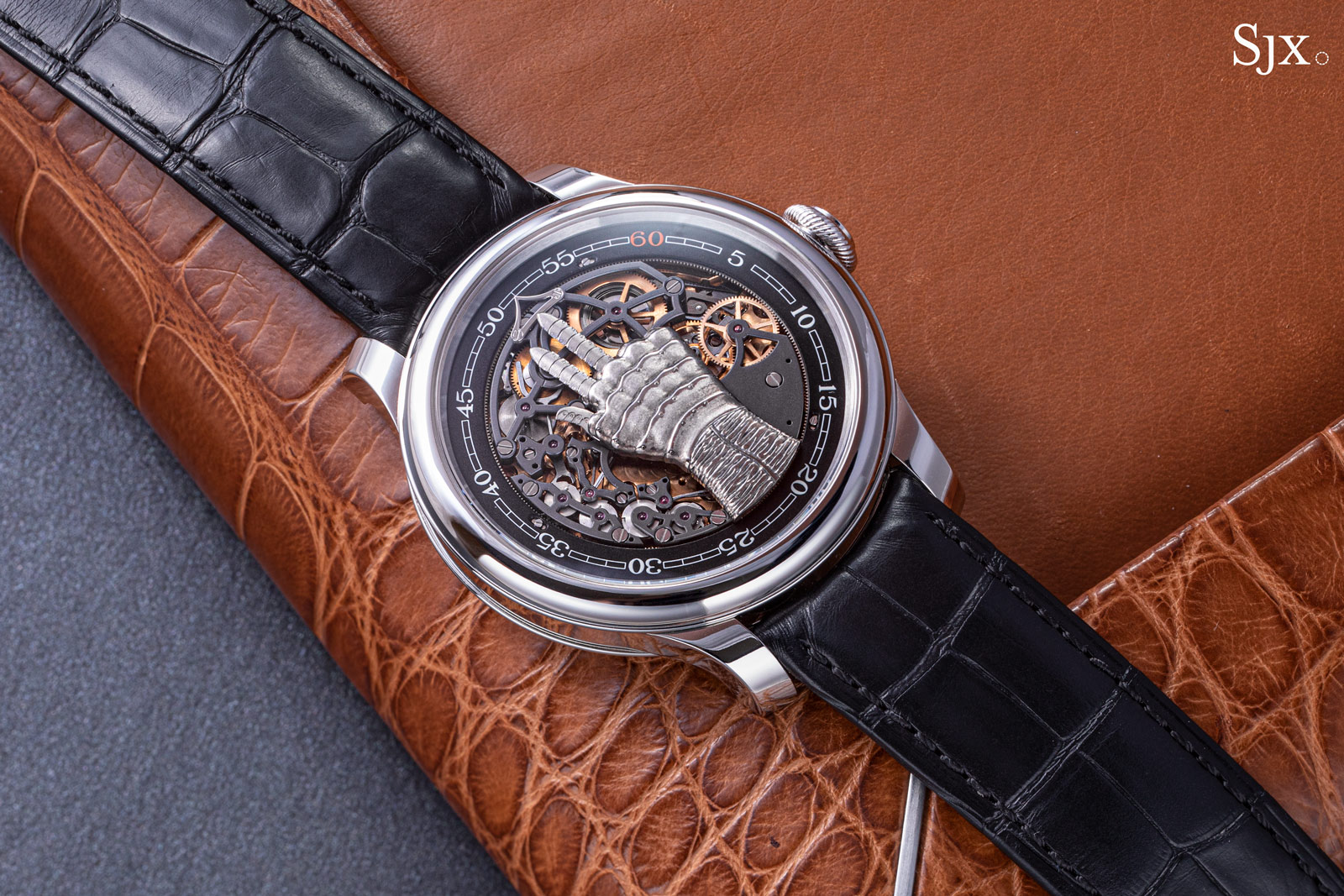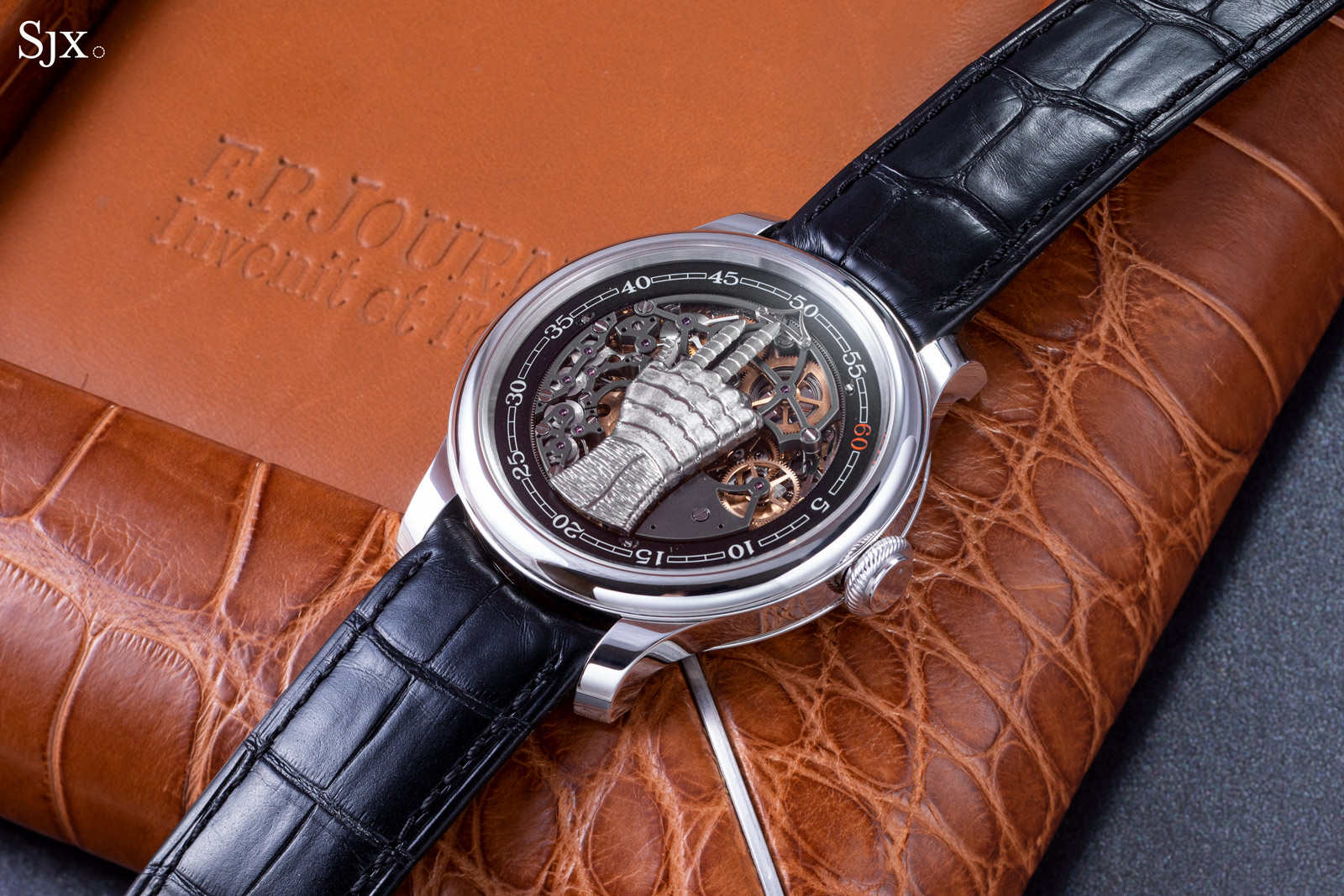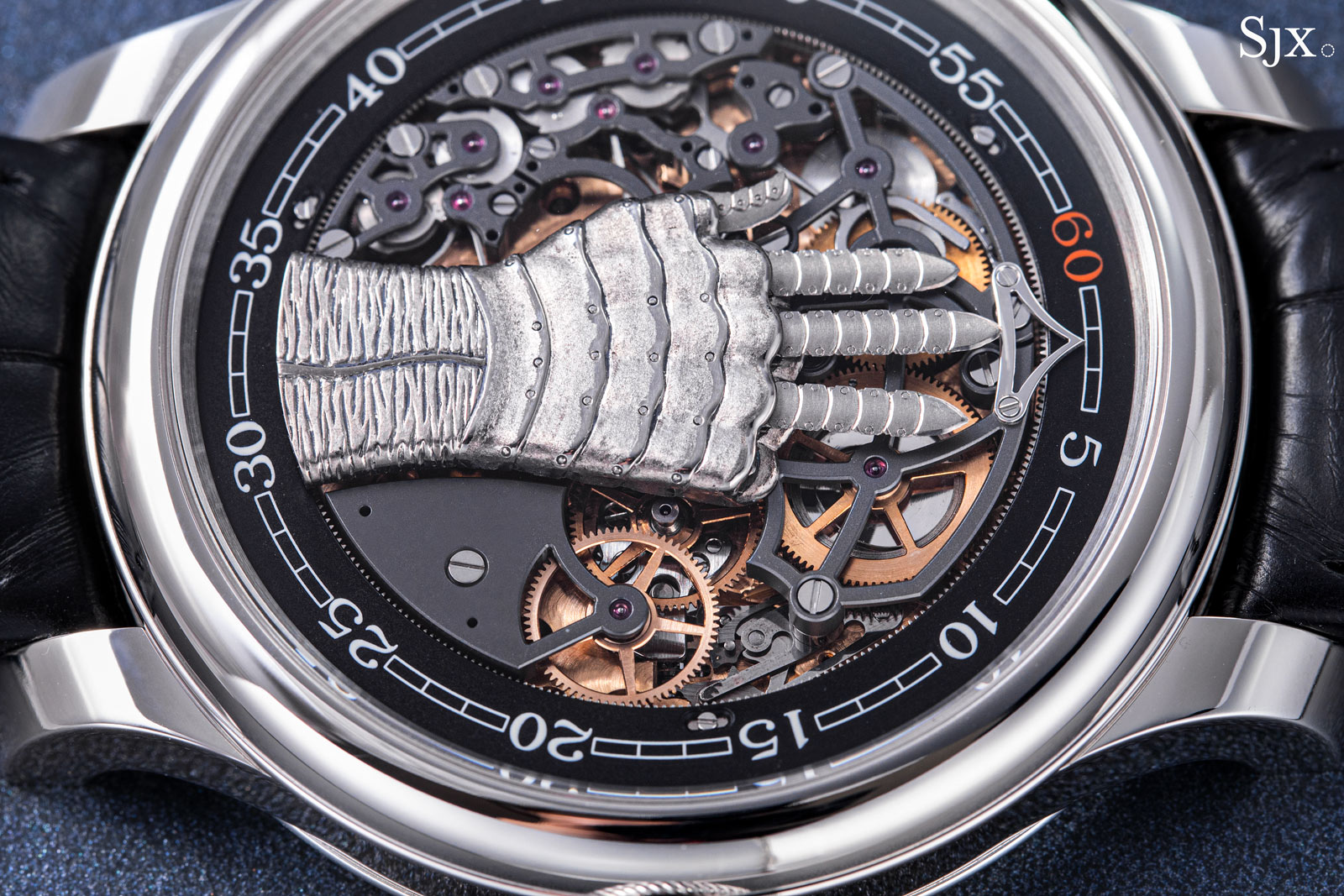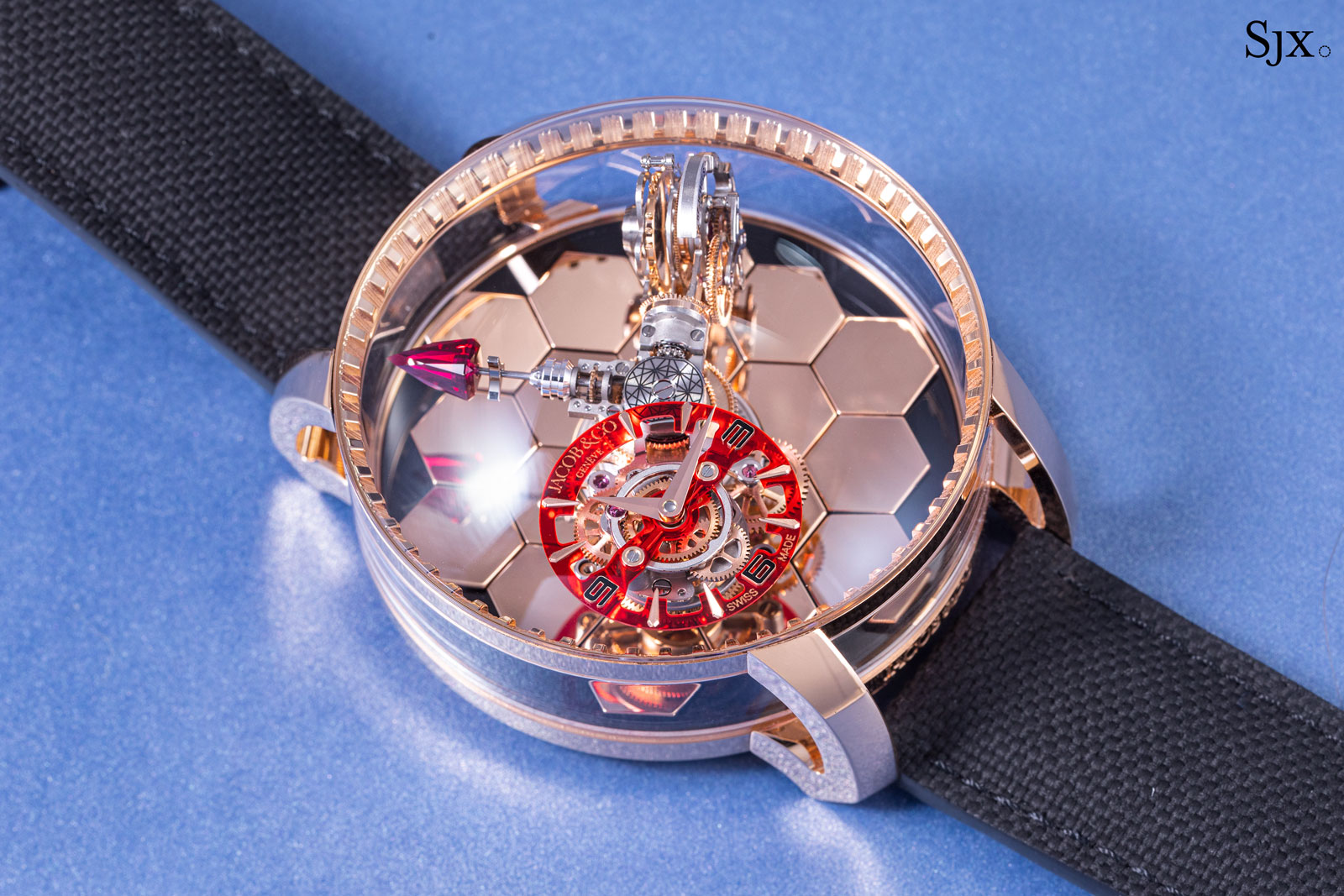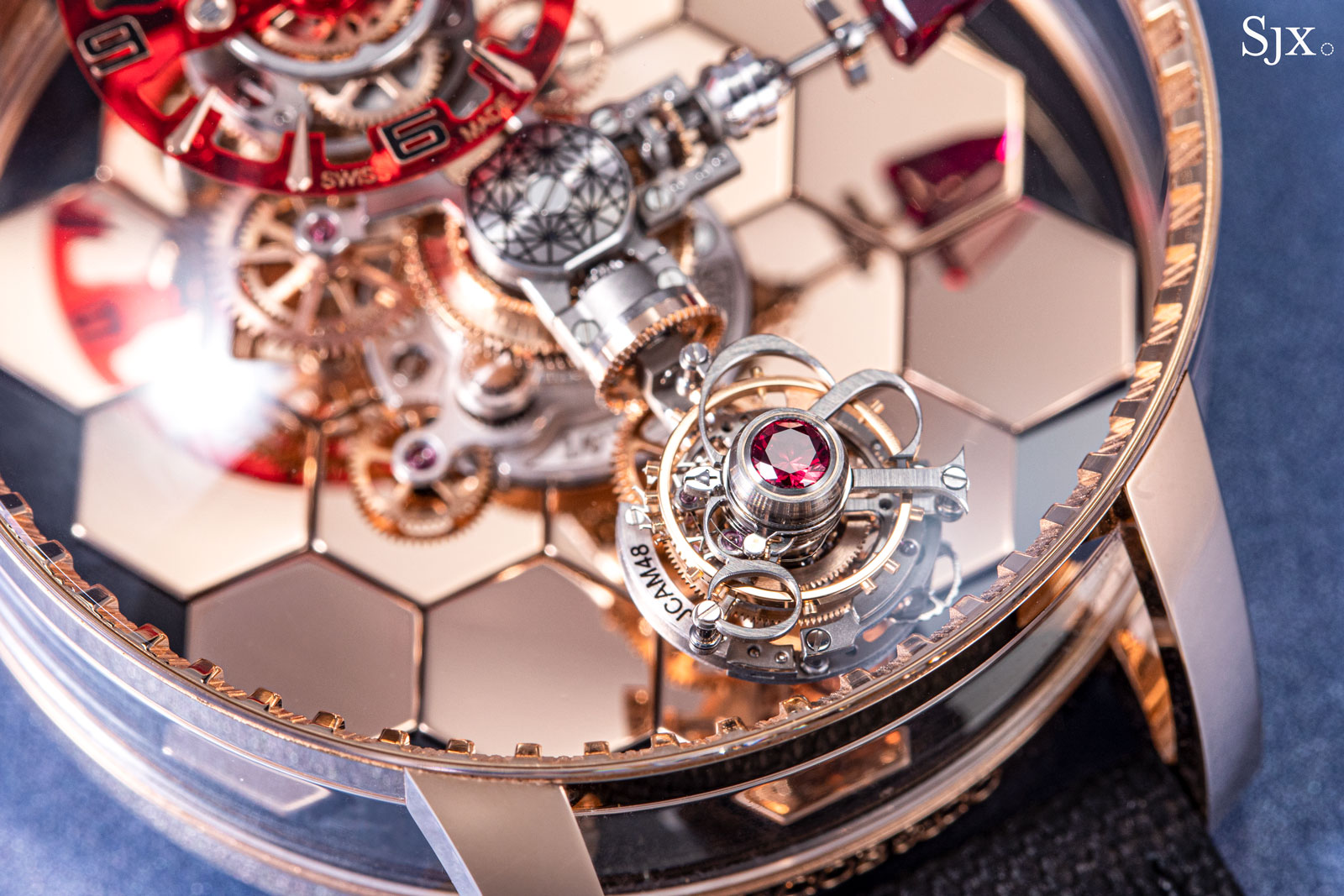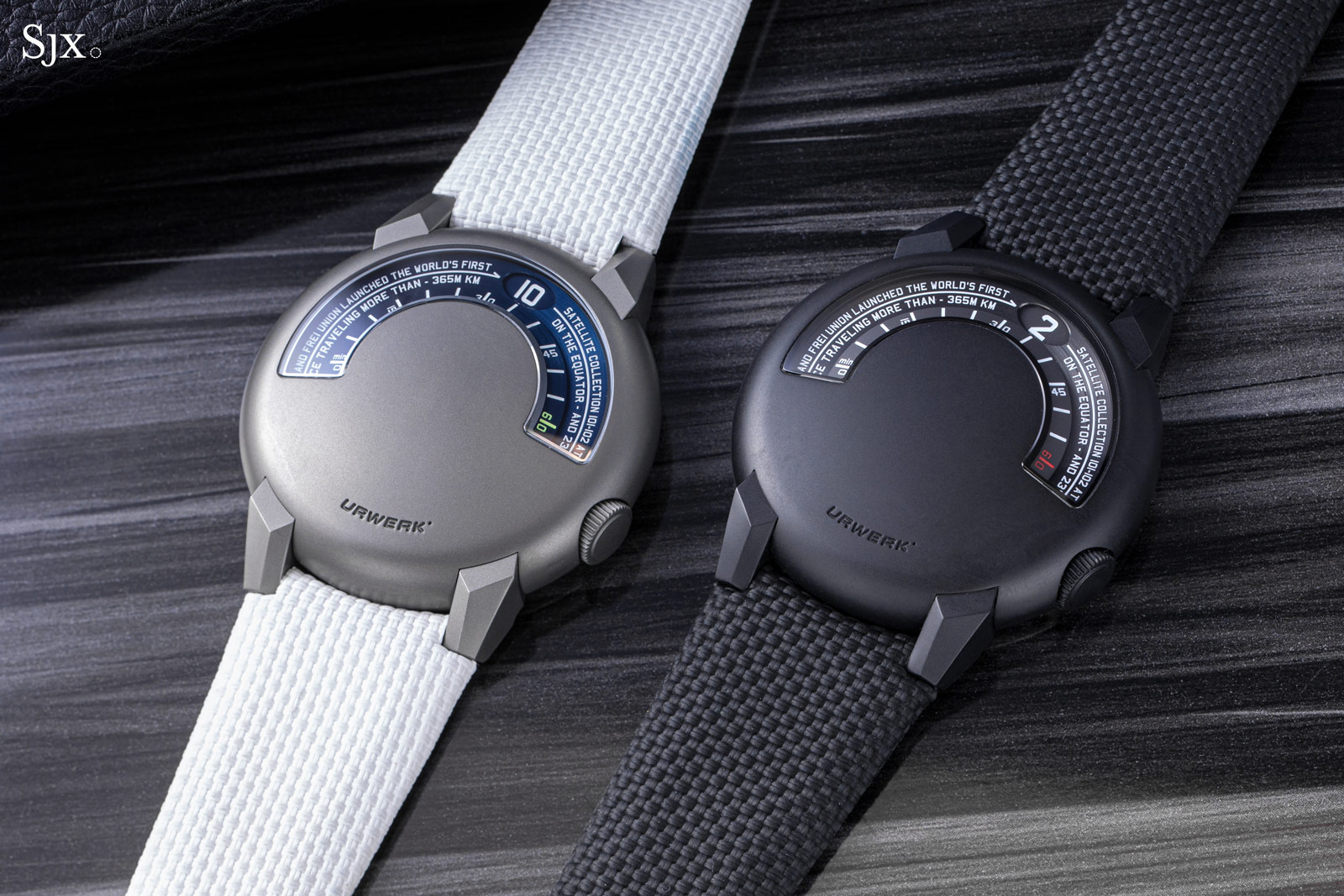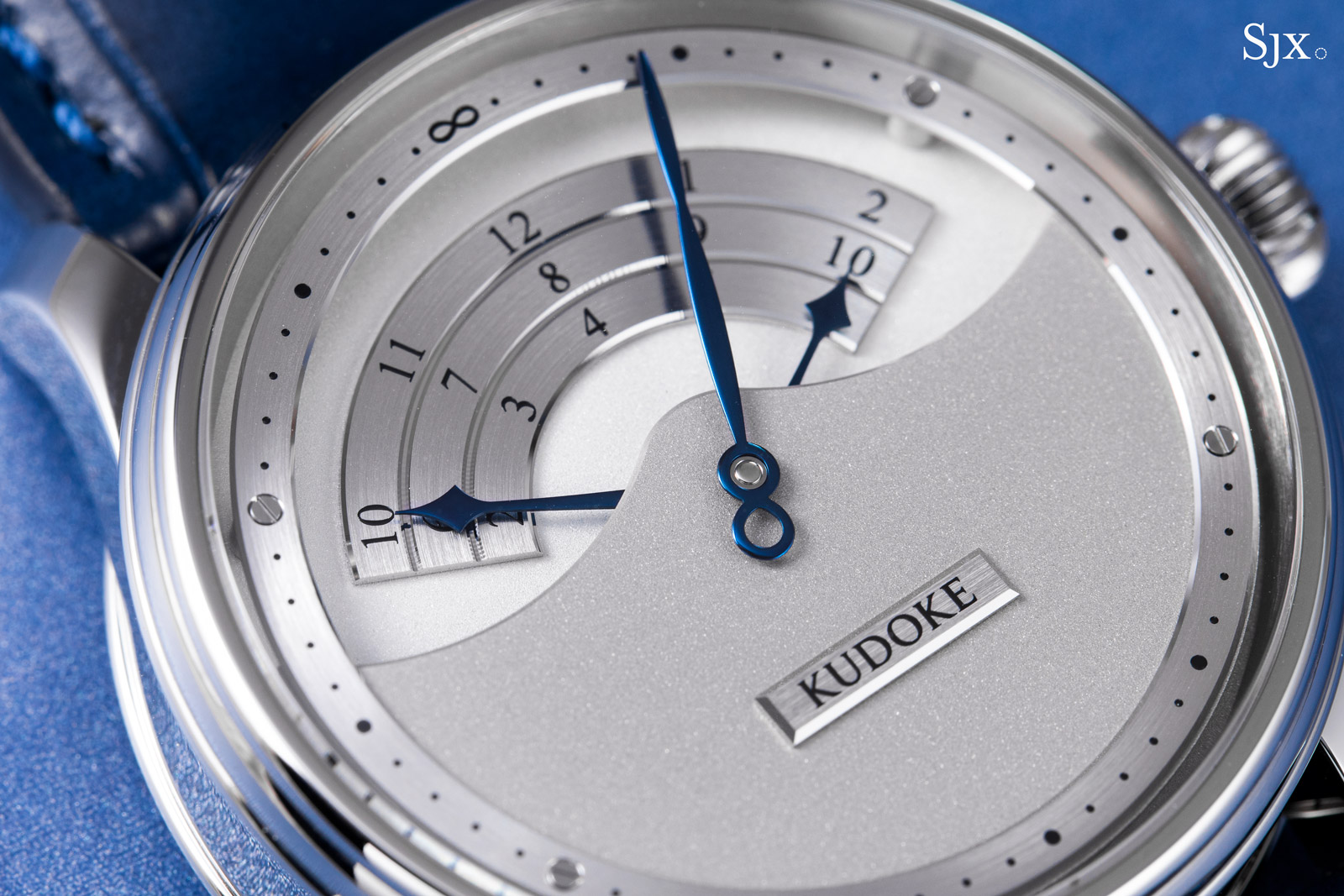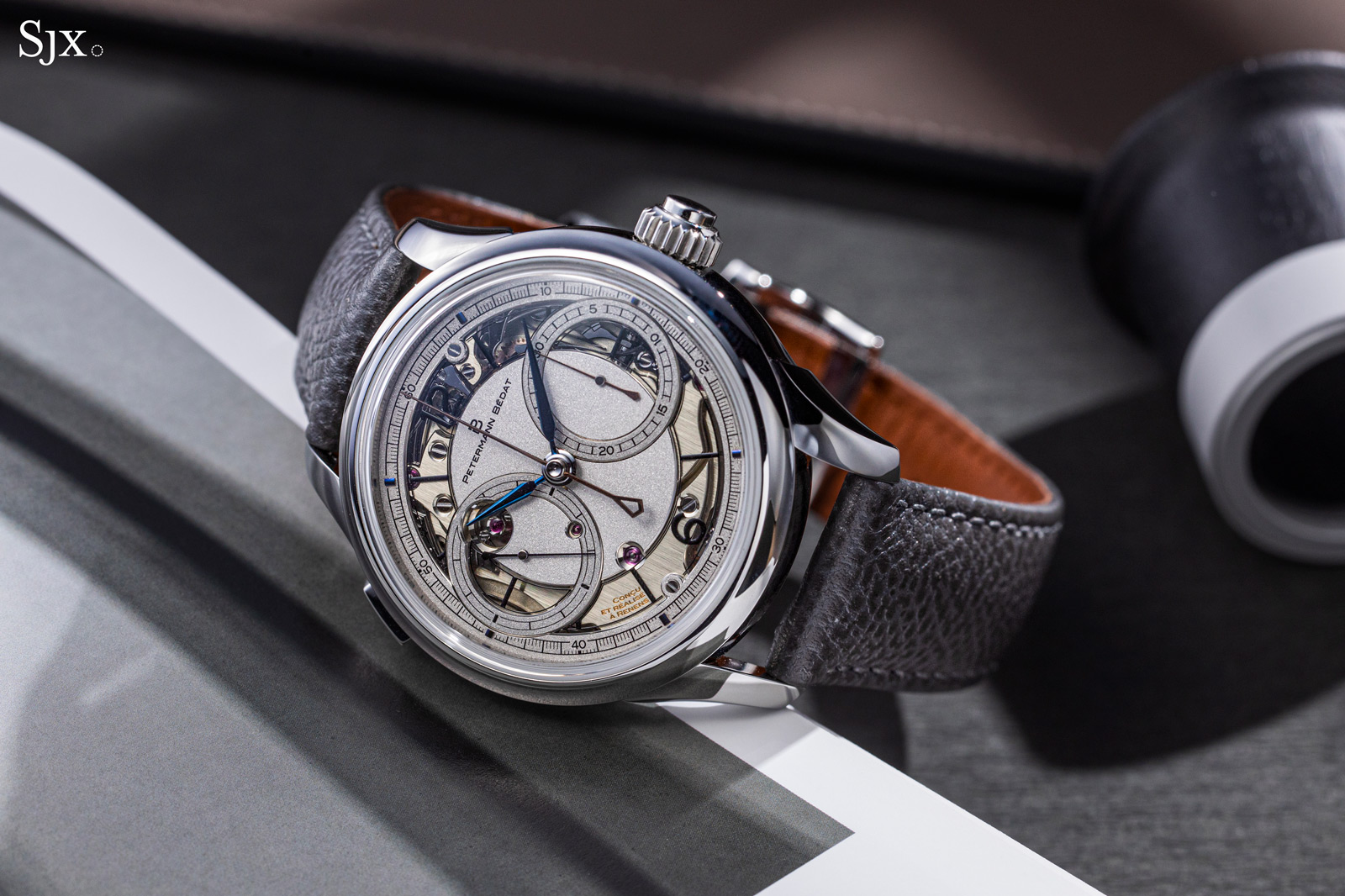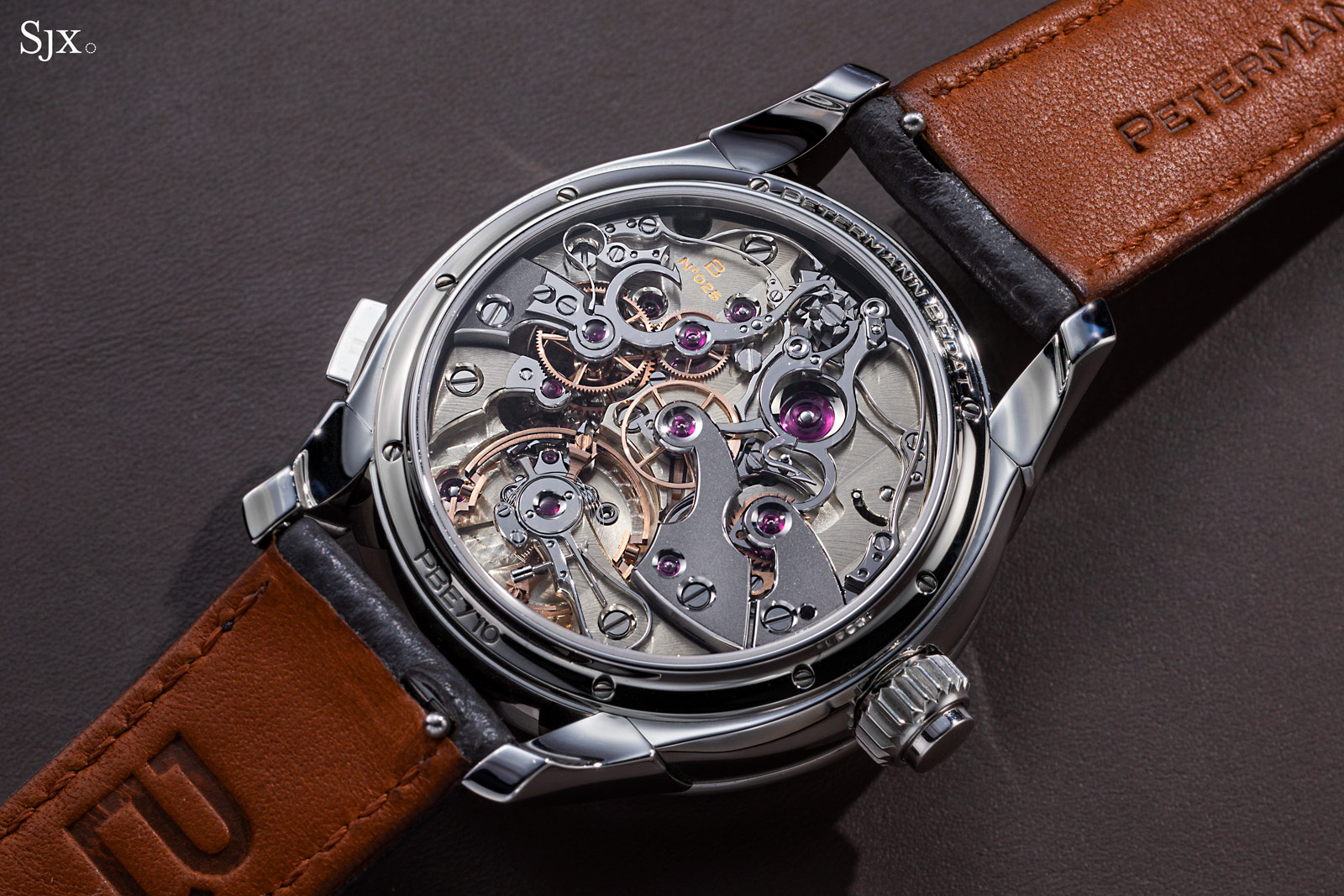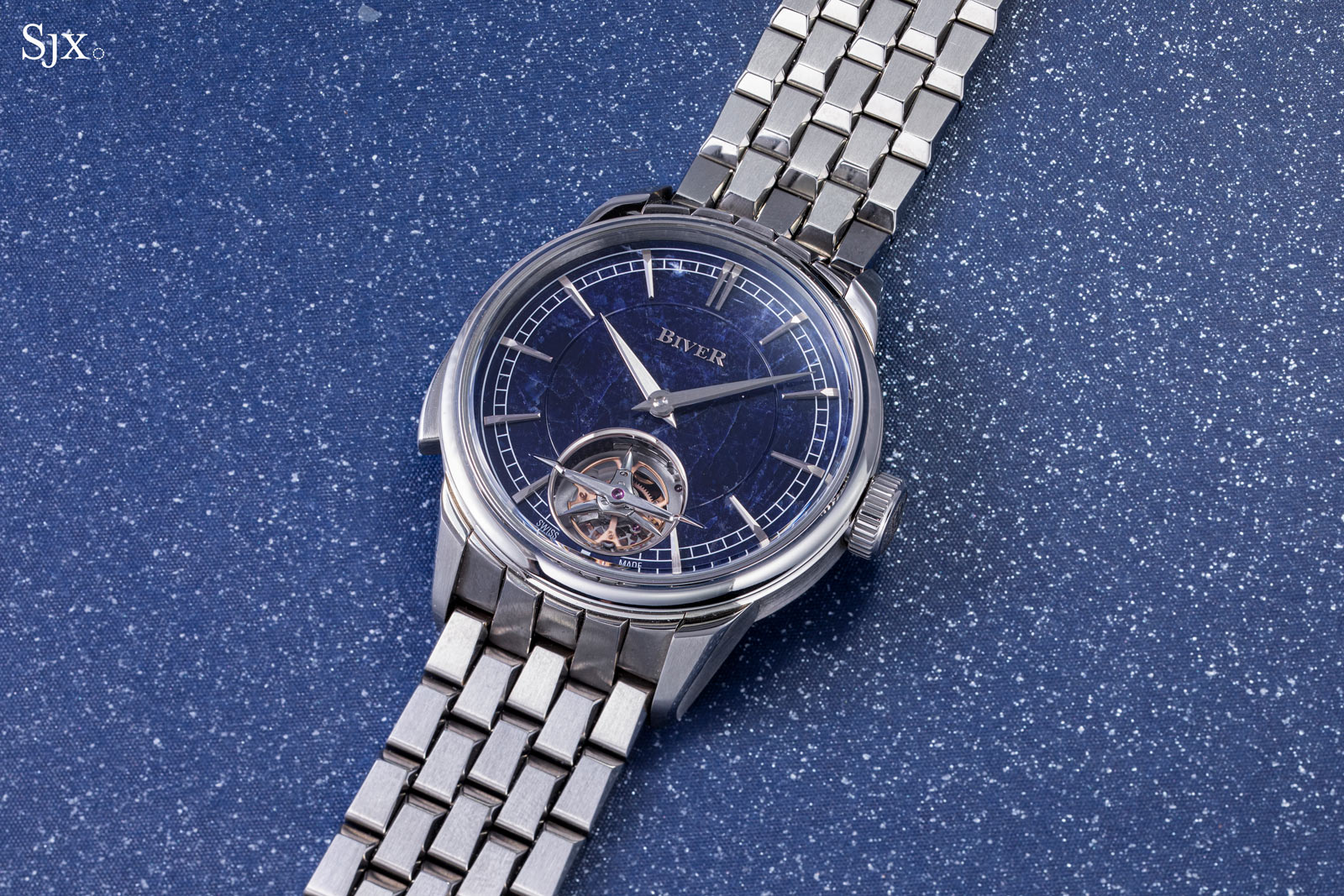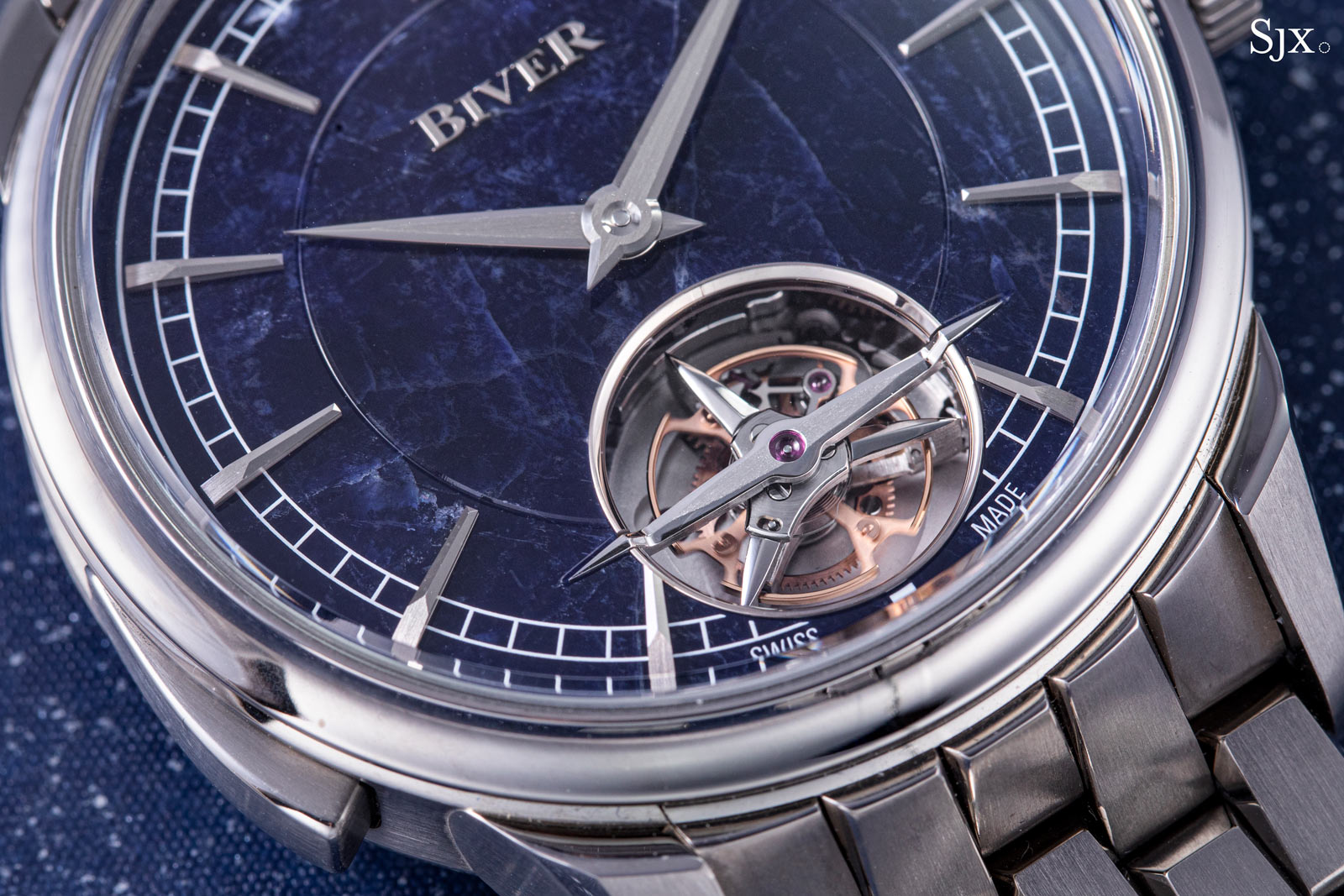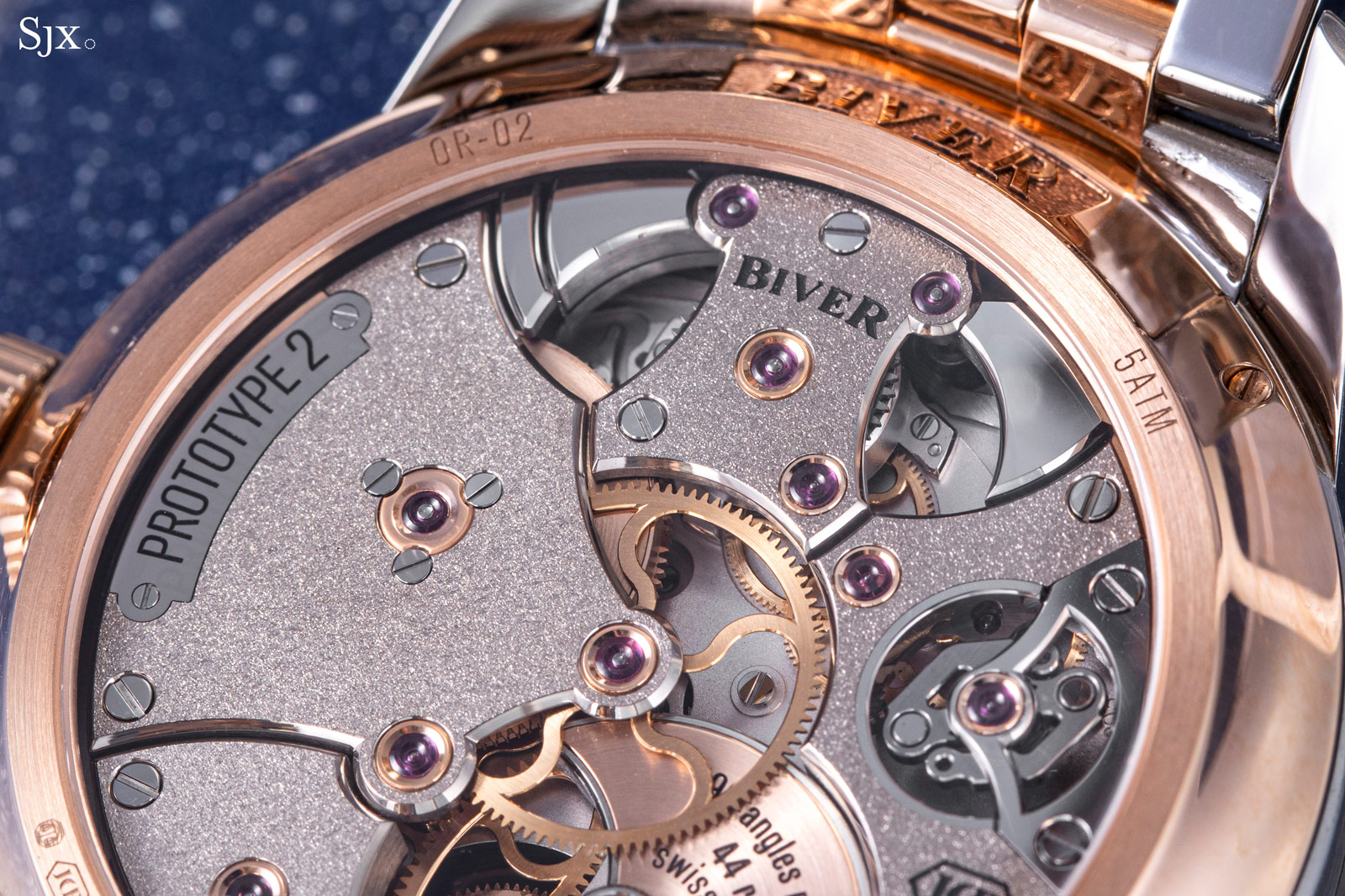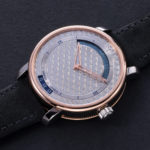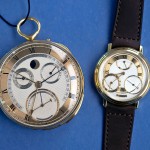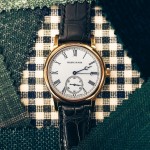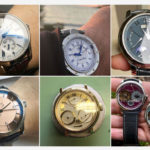SJX W&W Highlights – Value Propositions and The Not-Quite
A few good buys.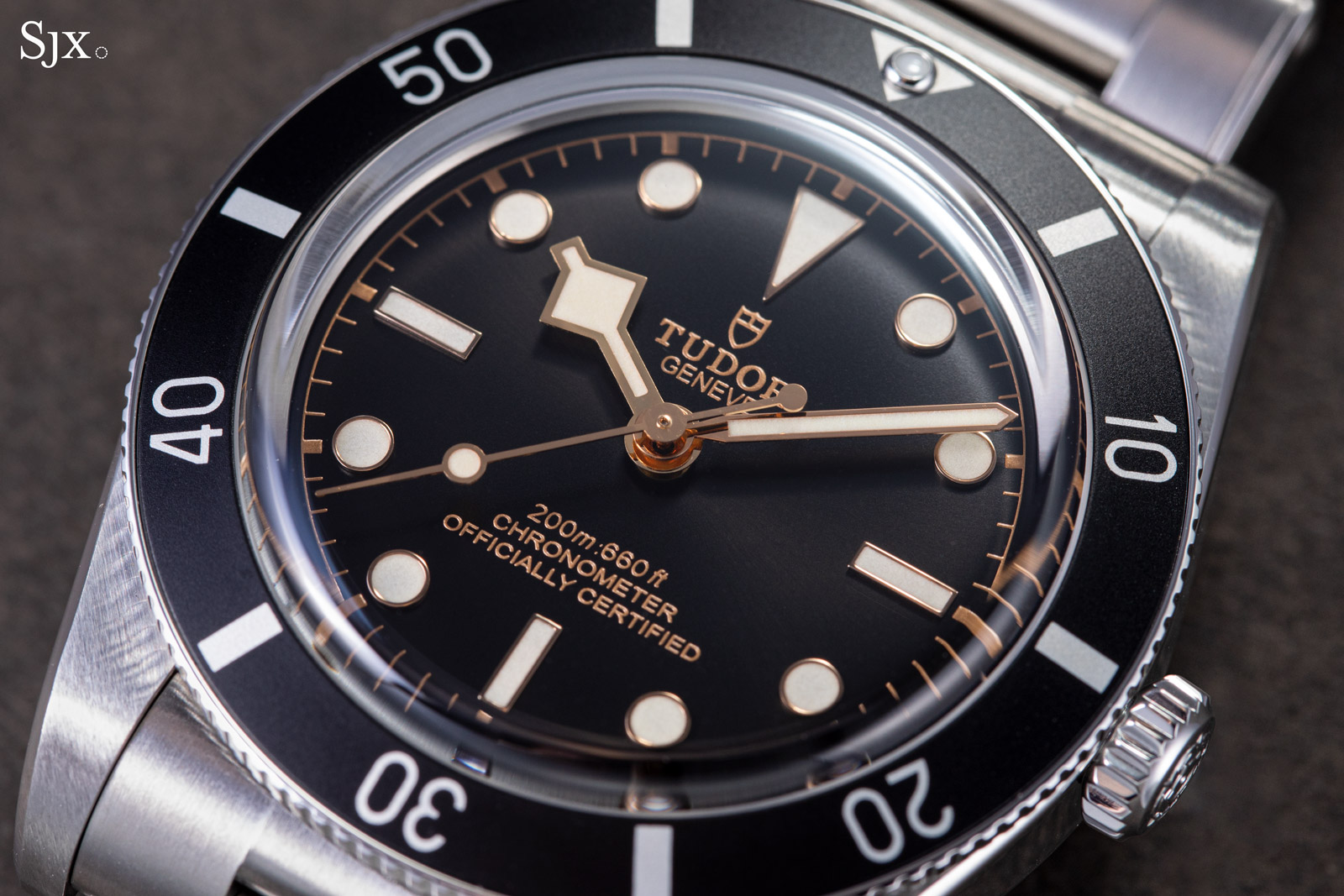
Maybe unsurprising given the state of the industry – watchmakers enjoyed record sales in 2022 – value buys were few at Watches & Wonders (W&W) this year.
Amongst the independent watchmakers, just two stood out for being value buys, the Kudoke 3 and Urwerk UR-102 “Reloaded” – both of which I covered in my highlights amongst the indies.
Not quite an independent watchmaker but niche nonetheless, Louis Erard stands out for the Excellence Marqueterie. Probably the best value amongst its many limited editions, the Excellence Marqueterie brings the art of wood marquetry to a previously unheard of price segment. Although it costs only about US$4,000, the Excellence Marqueterie features a dial decorated with tiny pieces of exotic wood that have been sawn and applied by hand to form an M.C. Escher-like pattern.
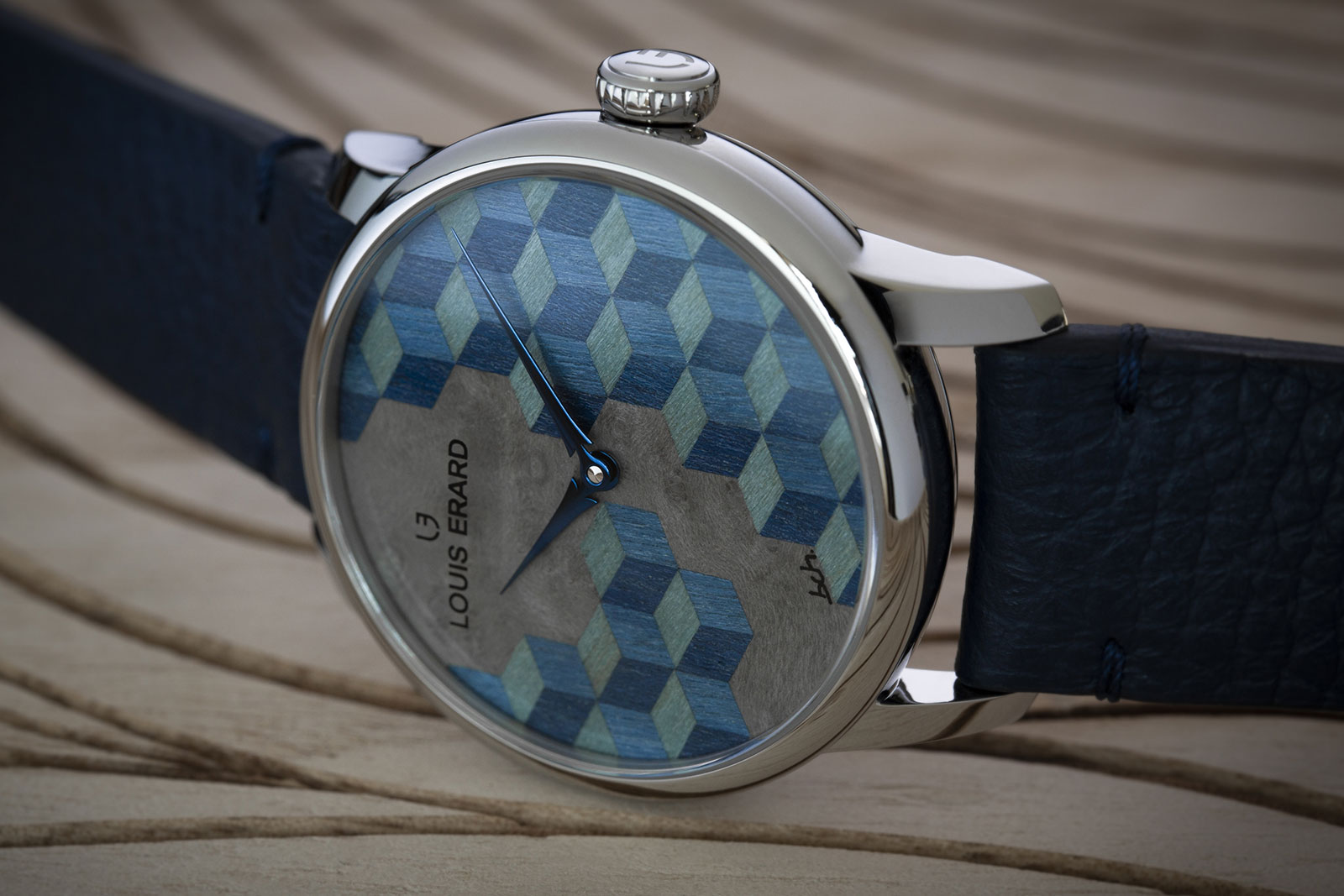
The Excellence Marqueterie. Image – Louis Erard
Like most other niche brands, Louis Erard exhibited outside the halls of W&W, where all of the establishment brands were located. Amongst the big names, only Tudor offered substantial value with its new models, although that is not news in itself since value is a fundamental characteristic of the brand. (Though it is arguable that Rolex offers strong value in all its models regardless of price, but certainly not as much as Tudor.)
Two watches stood out amongst Tudor’s 2023 line-up. One is the Black Bay 54, a watch clearly conceived by aficionados with an eye for detail. Just 37 mm in diameter, it resembles a vintage Submariner but with the tangible quality of a modern Tudor.
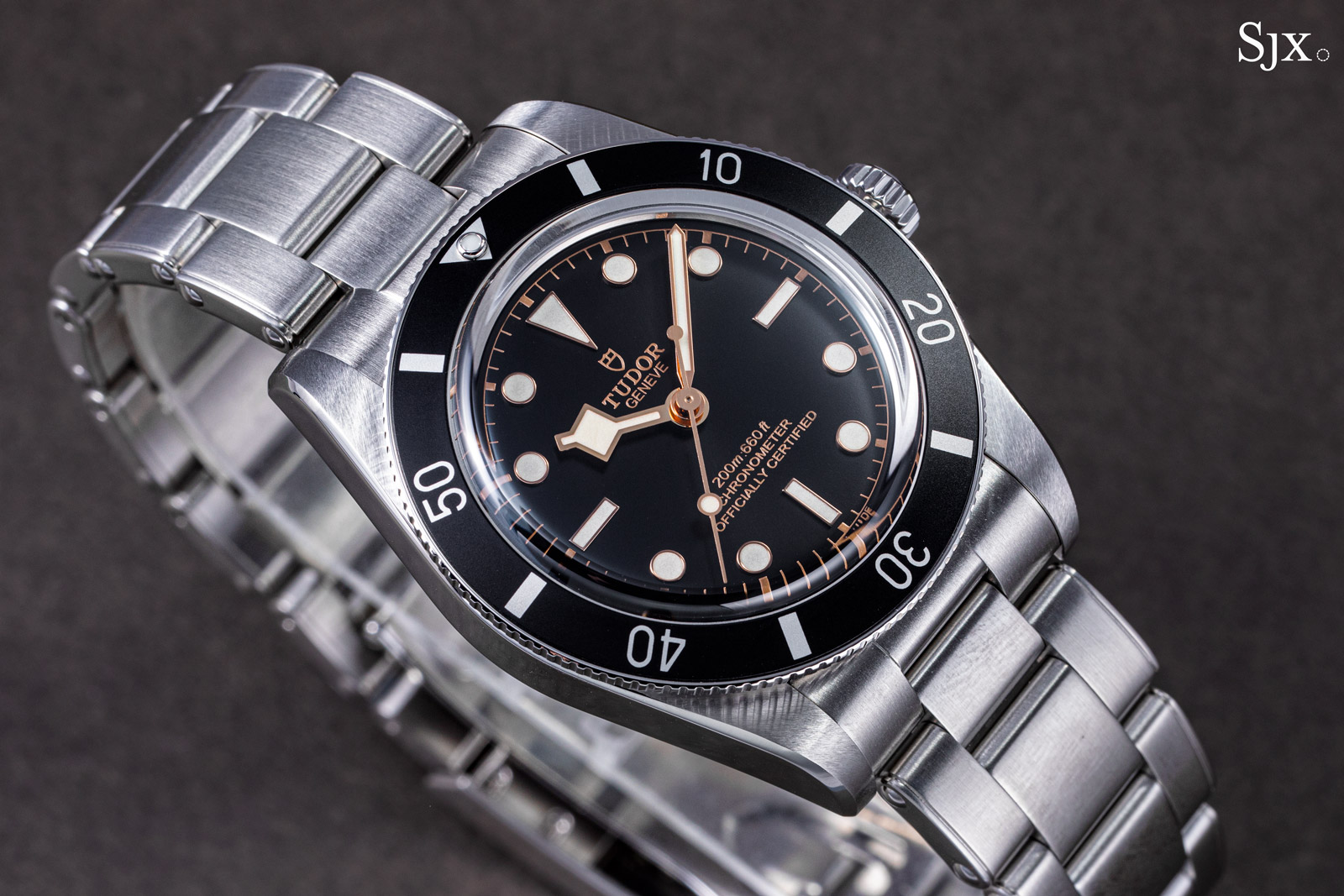
Vintage inspired, the Black Bay 54
And the other is the Black Bay GMT with an “opaline silver” that feels like an inside joke referencing the Rolex GMT-Master “Pan Am”. While the authenticity of the vintage “Pan Am” is often disputed, the Black Bay GMT in silver is an unquestionably well executed and smartly priced. But having the same dimensions as its sibling with a black dial, the new GMT is still too thick.
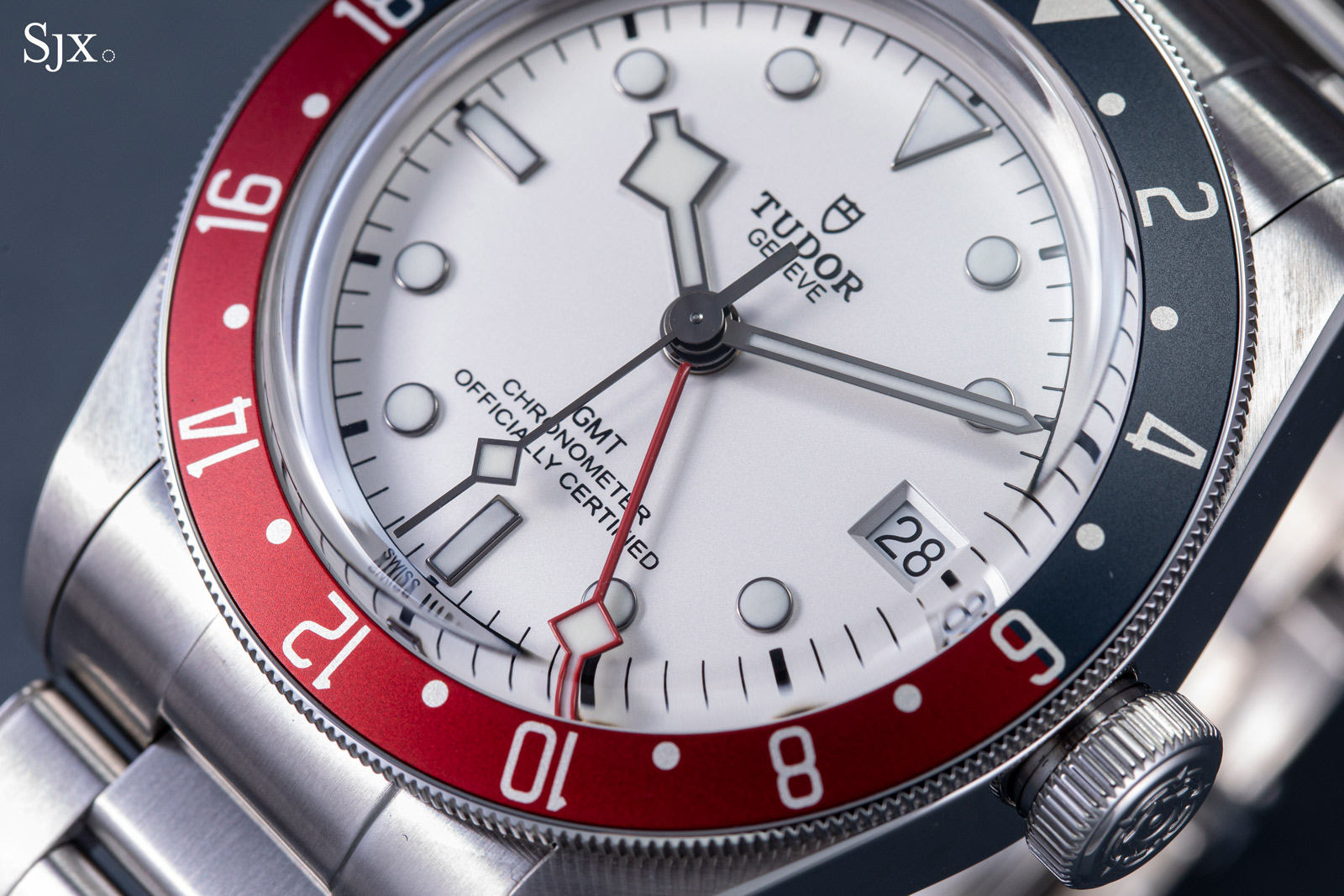
“Pan Am” revived
And not so value
Although Tudor’s latest are essentially variations of past models, their value is undeniable, particularly when set against ambitiously priced watches, like the Lange Odysseus Chronograph for instance.
Priced at about US$145,000 – though the price is not confirmed until delivery in 2024 or later, at which point it will cost about 10% more I estimate – the Odysseus Chronograph is pricey for a steel chronograph even considering the high-quality, in-house movement. For comparison, the Datograph Up/Down in platinum is costs just over US$121,000.
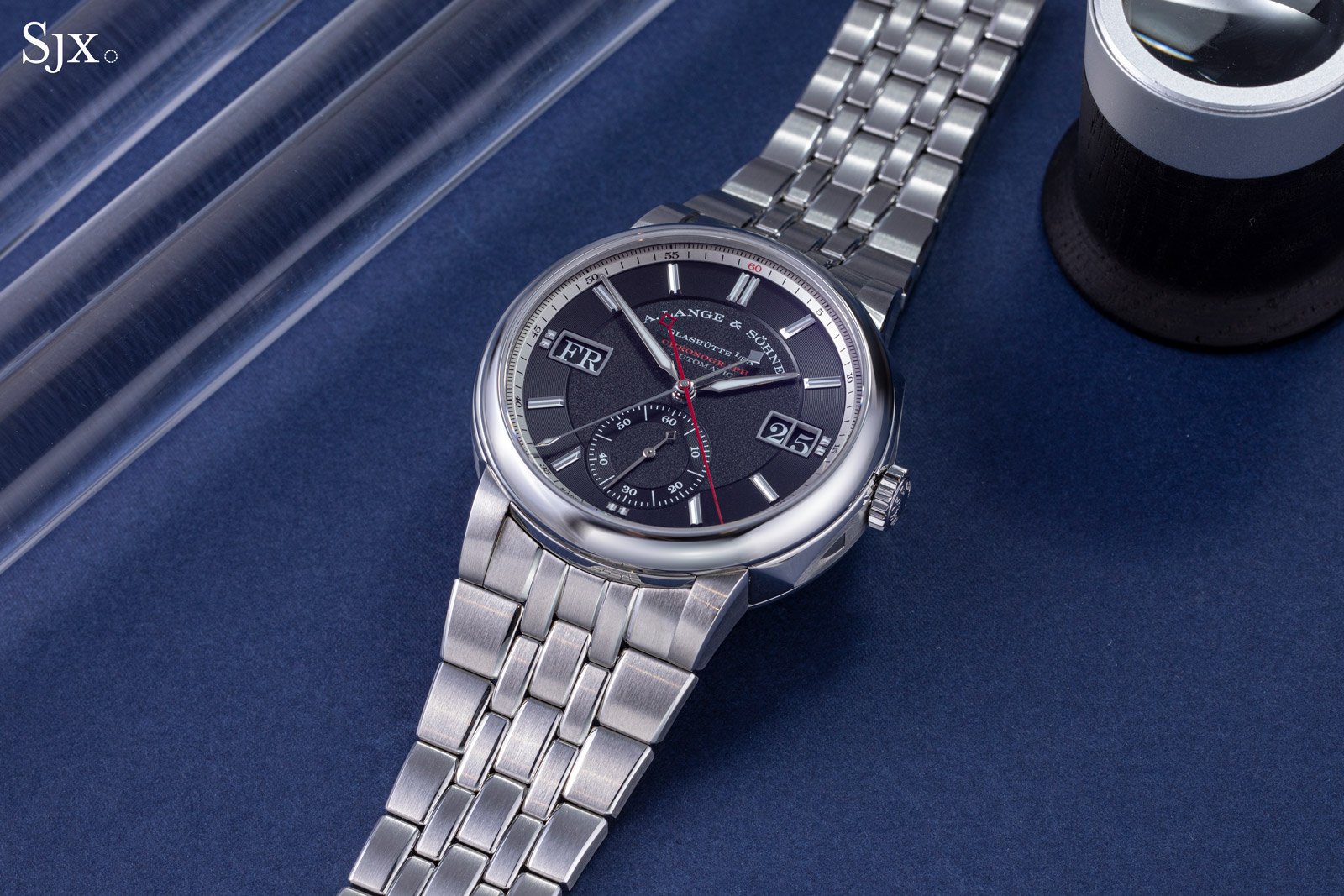
The Odysseus Chronograph in steel
Developed from the ground up for the Odysseus, the L156.1 is unlike any other Lange movement in terms of construction and is instead more similar to recent chronograph movements from the likes of Audemars Piguet. The decoration, however, is as expected for Lange, which is to say excellent. The L156.1 does have boast a “dynamic reset-to-zero function”, but that is more a novelty stemming from the central chronograph layout rather than a complication that justifies the price.
The only way the Odysseus Chronograph can be anything close to reasonable value is it is a one-time limited edition of 100 pieces, meaning that the movement will never again be used in another watch. A production number as small as that would easily justify the price. But there will inevitably be variants of the model, especially once Lange fixes its supply chain issues with the case and bracelet components.
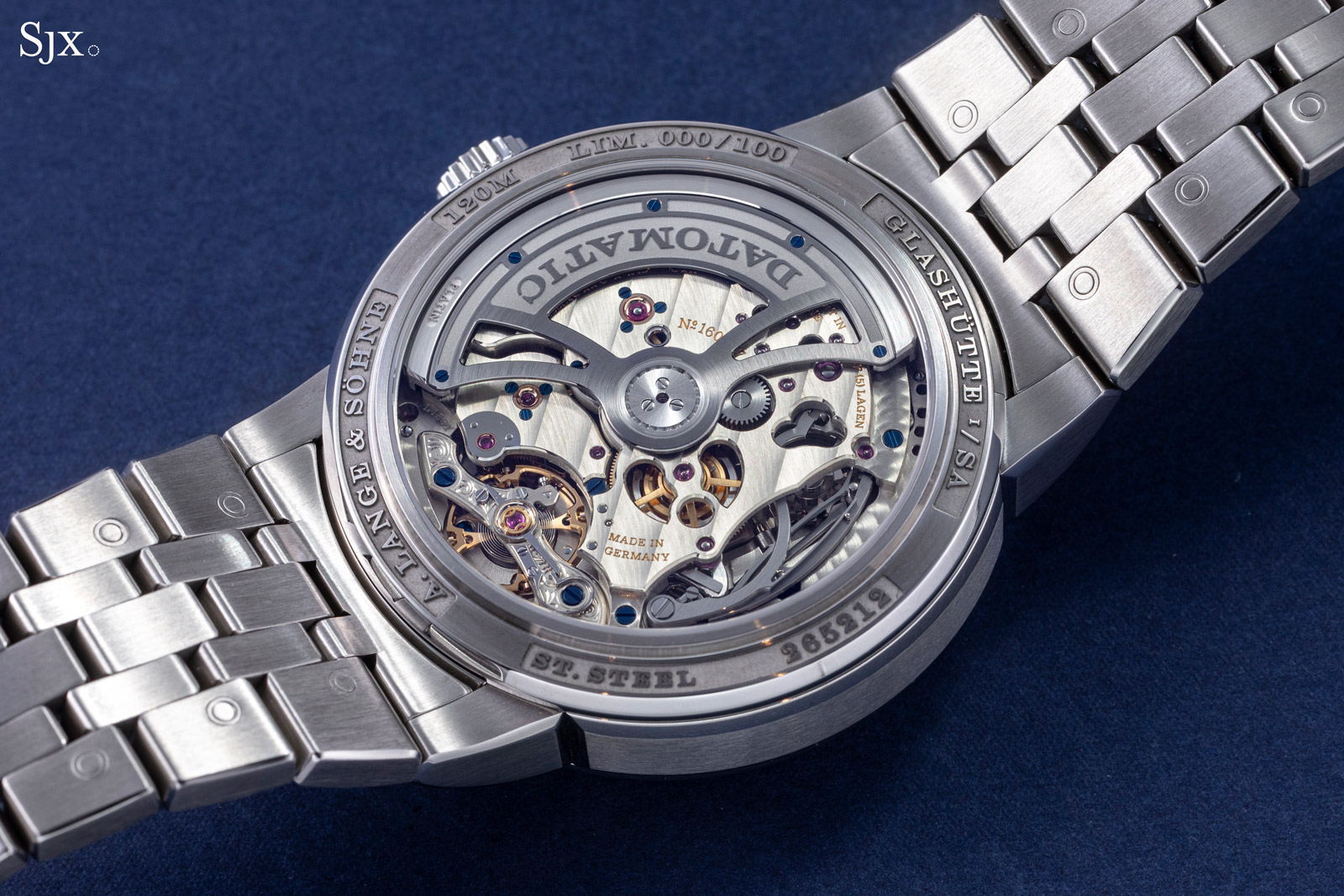
The L156.1
Less ambitiously priced but still more expensive than it should be is the IWC Ingenieur 40. This is a well-executed throwback to the original Ingenieur SL of 1976 that was designed by Gerald Genta. The proportions are just right, and the finishing of the case and bracelet is good. But within the soft-iron cage that shields the movement from magnetism is the cal. 32111, an economical movement developed by IWC parent Richemont as a workhorse movement for entry-level models.
Moreover, it feels like IWC is late to the game with this, since integrated-bracelet sports watches have been fashionable for over two years now. With that in mind, all the more this should have been priced better, but the retail price is US$11,700 in steel and US$14,700 in titanium. The steel Ingenieur is 40% more expensive than the Mark XX, the identically magnetism-resistant Pilot’s Watch in steel with the same movement.
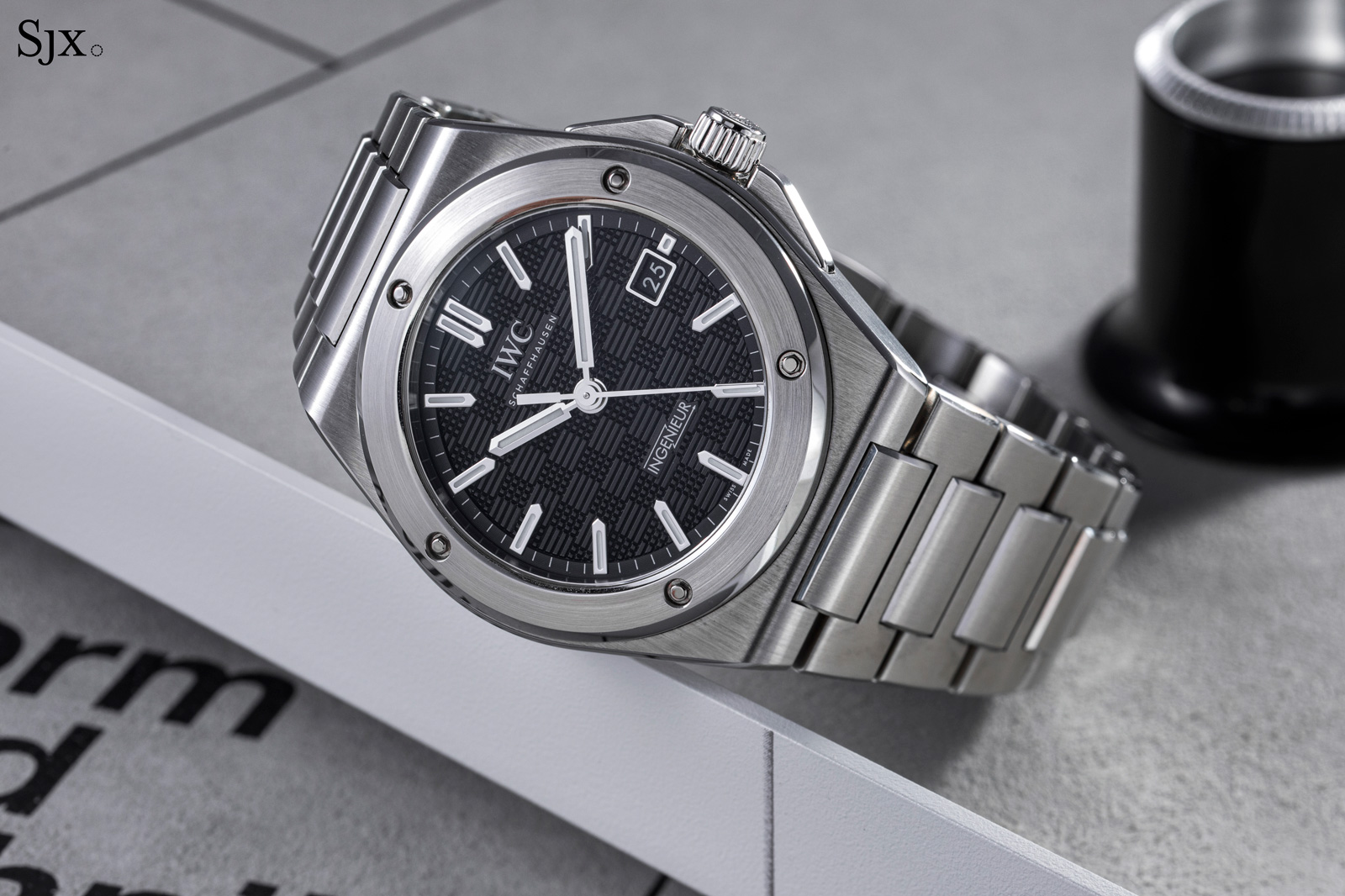
The Ingenieur 40 in steel
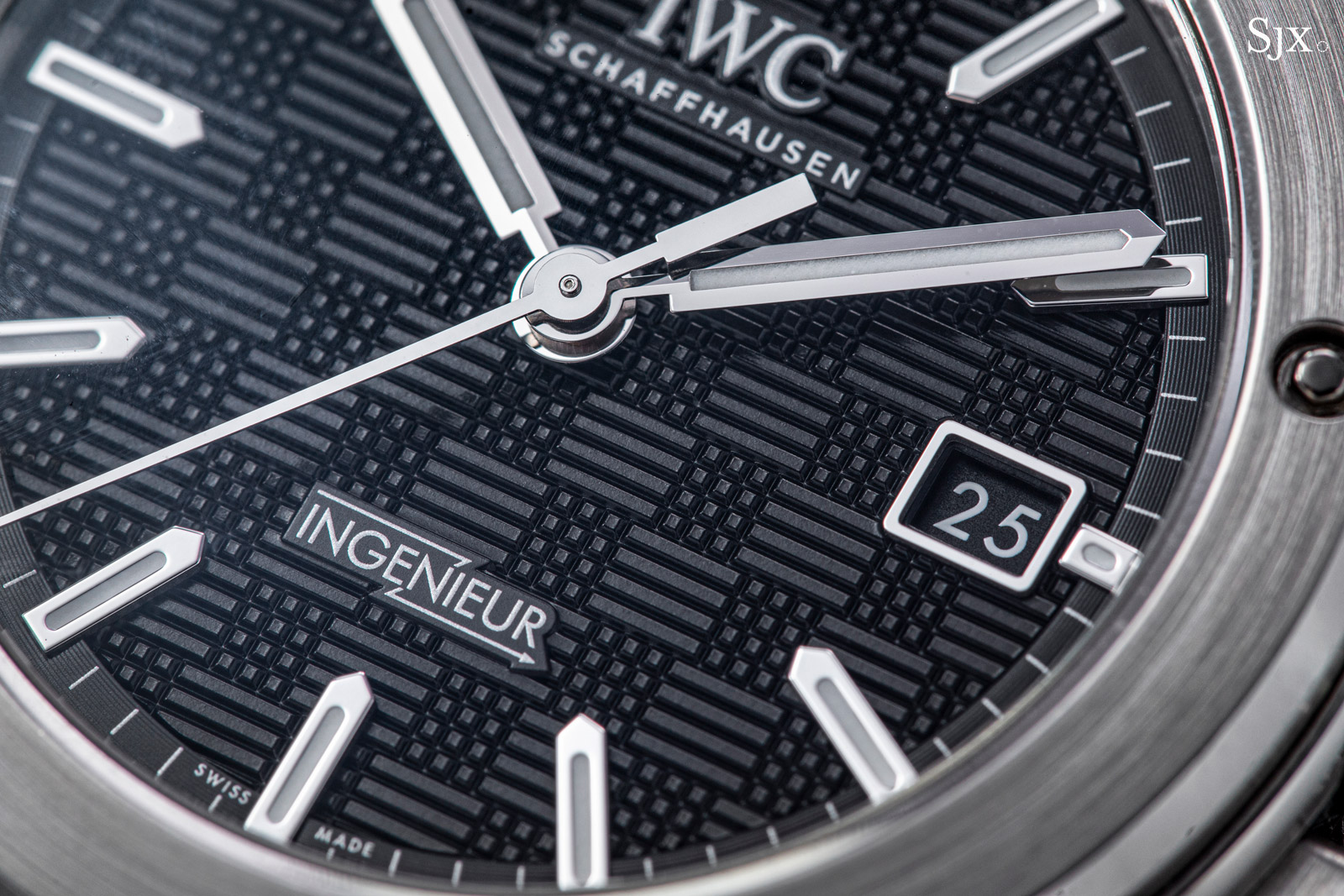
The patterned dial of the Ingenieur 40
And the final watch to mention is the Grand Seiko Tentagraph, which isn’t overpriced but expensive for a Grand Seiko, even taking into account the high-end base movement within. The first ever all-mechanical Grand Seiko chronograph, the Tentagraph is high spec in terms of the external components like the dial and case, and also in terms of the base movement, which is the 9SA5, the top-of-the-line Grand Seiko automatic movement that incorporates its proprietary Dual Impulse Escapement.
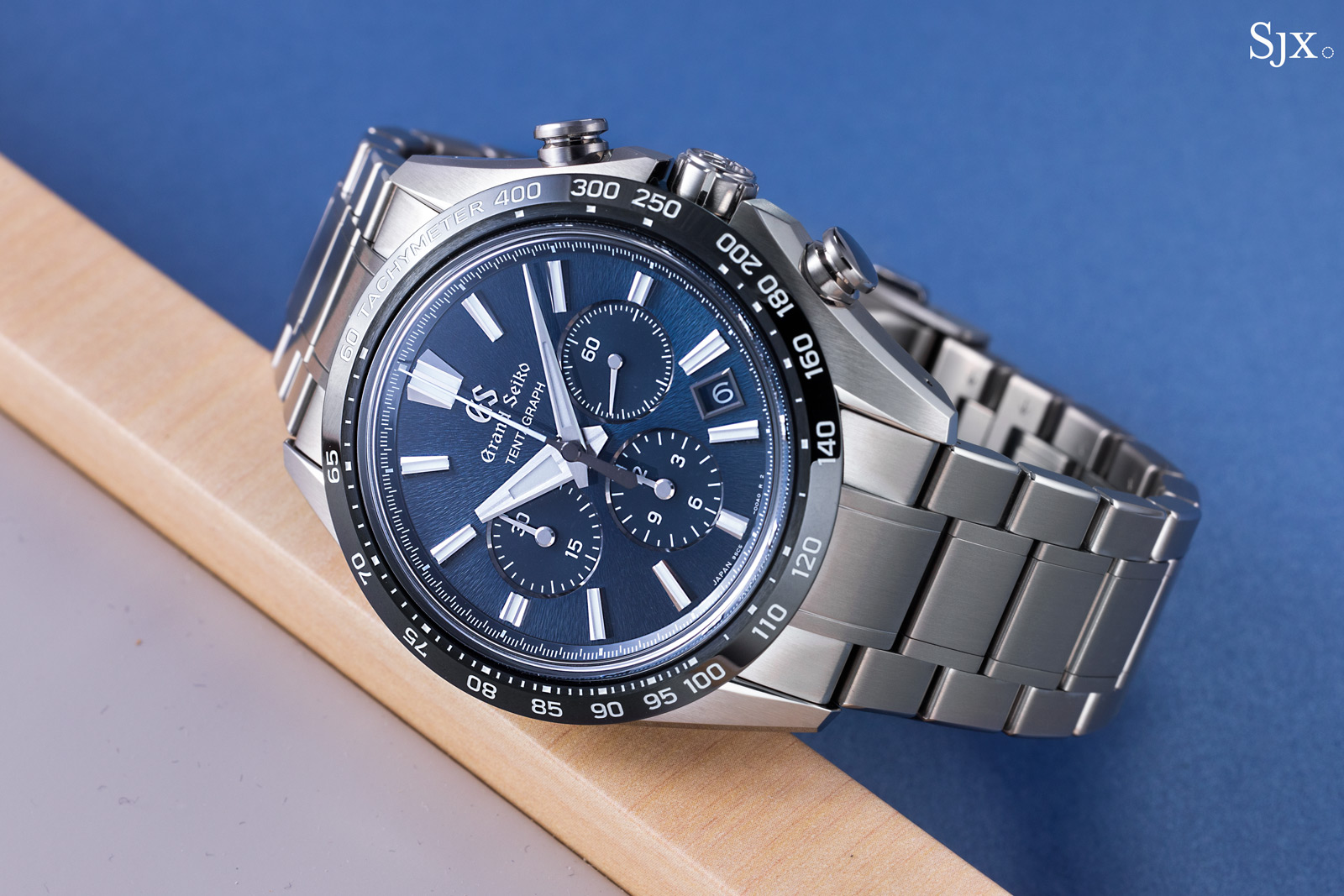
The Tentagraph
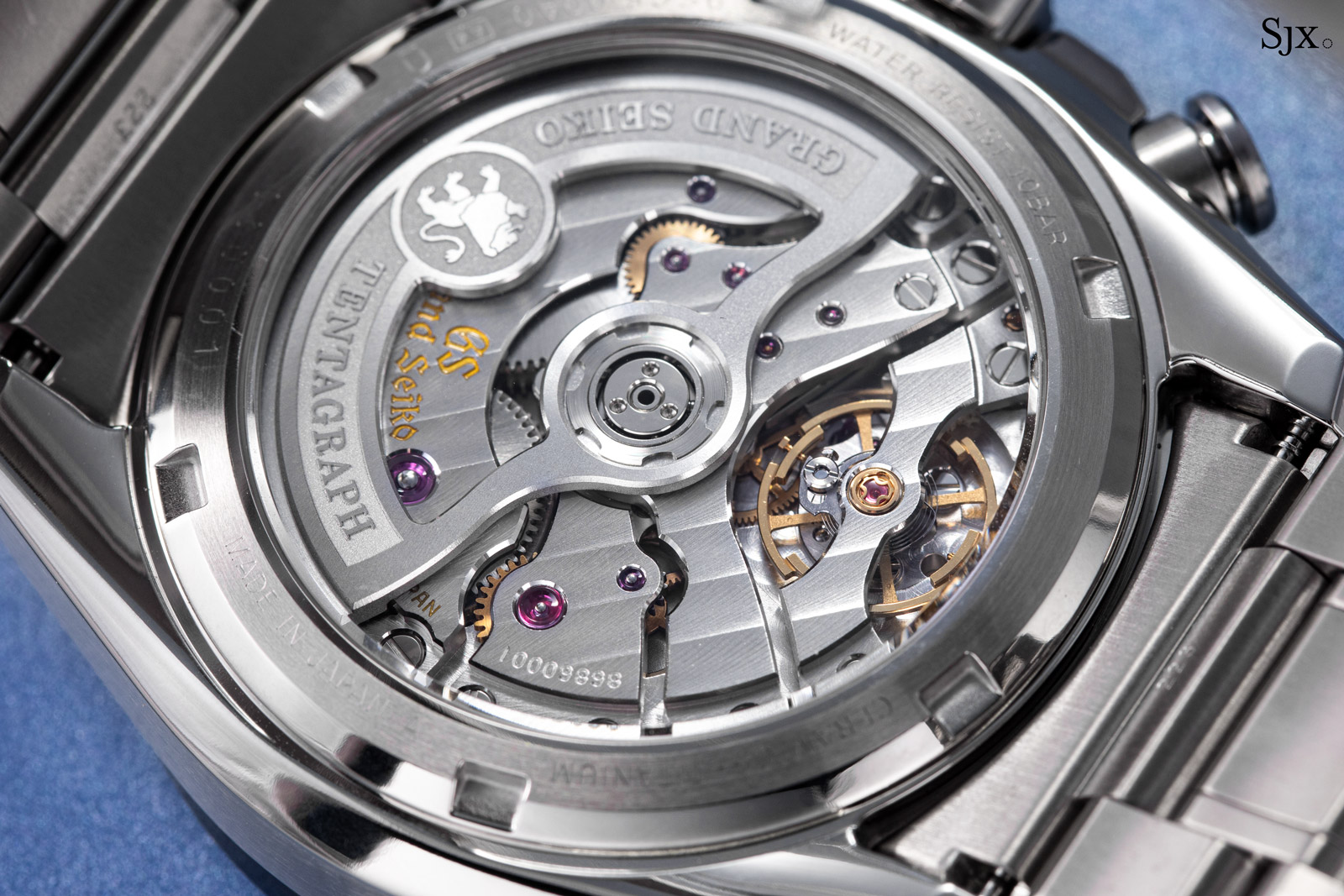
The cal. 9SC5
But the 9SC5 movement inside the Tentagraph is modular – partly explaining the 15.3 mm case thickness – so the high-end base movement is combined with a chronograph module on top. The module is a sophisticated design that features a vertical clutch, one-piece reset hammer, and column wheel.
While unique to Grand Seiko, the chronograph module in 9SC5 shares the basic construction of the module found in the Seiko 8R28 (or NE88), a movement found in less expensive Seiko watches. Being a Grand Seiko movement, the 9SC5 is no doubt executed to a far higher standard than run-of-the-mill Seiko movements, so the similarities will be architectural rather than functional or decorative. That said, the Tentagraph does cost US$13,700, a price tag that should bring with it a movement that is integrated and proprietary.
Back to top.



